Chrysler Brand 100 Year Celebration
WALTER P. CHRYSLER
Chrysler Corporation came to be on June 6, 1925, and it was all because of the man Walter Percy Chrysler. He described himself as “just an American workman” and was known to say that he did get his start in the business wearing his work overalls. And he retired at age 45 as a millionaire… and that was before he founded Chrysler Corporation!
Born April 2, 1875, he started off as a wiper and sweeper at a railroad shop, but his ambition was to become a machinist. His interest in the world of automobiles came with his visit to the Chicago Automobile Show in 1908. On display was a brand-new $5,000 Locomobile Touring Car painted in Ivory White, he only had a portion of the amount needed, so he borrowed money and purchased it. At the time, he had a wife and two young children to support; however, he was committed to learning all about the automobile industry and specifically with this car. The fact is, Walter didn’t even know how to drive it! He wanted to learn as much as possible about those motor cars.
“As I visualized its [the automobile’s] future,” he had reflected about his visit to the car show, “it far outran railroad development, which in a sense had reached its zenith. To me, it was the transportation of the future and as such I wanted to be a part of it.”
In 1920, at the age of 45, he retired a wealthy man; however, he did not stay retired for long. He soon accepted a $2 million offer to salvage the Willys-Overland Company from financial ruin. Moving his family to New York City, Chrysler brought the automobile company from the verge of bankruptcy to making a profit within two years. He then went on to perform a similar miracle for the Maxwell Motor Car Company, Inc., of which he became chairman in 1921.While at Maxwell, Chrysler developed the technologically advanced Chrysler Six automobile, which was unveiled in 1924. Three brilliant young automotive engineers (Fred Zeder, Owen Skelton and Carl Breer) were crucial to the development of the Chrysler Six.
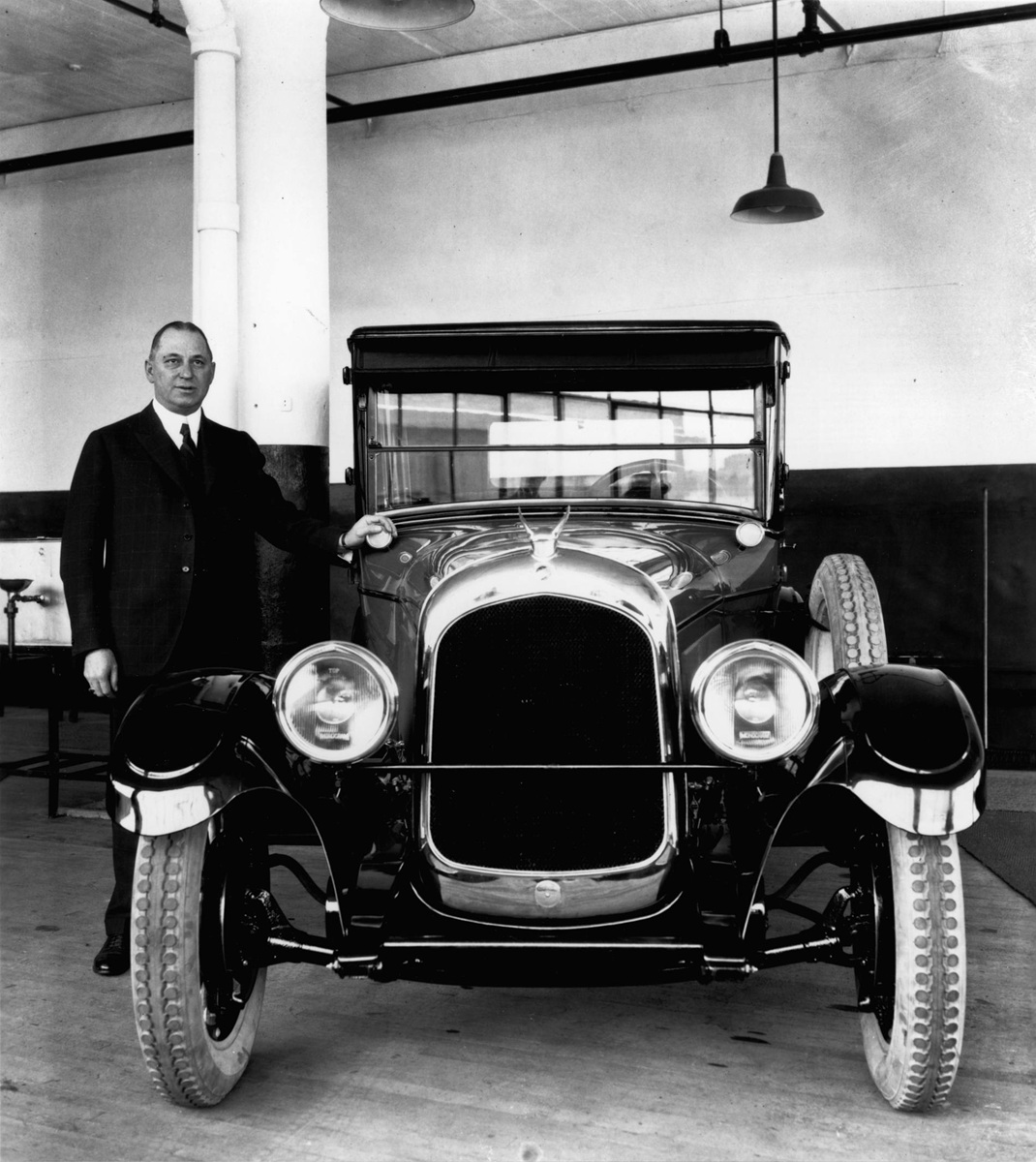
Sales of the Chrysler Six took Maxwell from debt to profit, and the company became Chrysler Corporation on June 6, 1928. That same year, recognizing the wisdom of offering models in several price ranges, Chrysler acquired the Dodge Brothers Company as a division of Chrysler Corporation, and then added the DeSoto and Plymouth brands. He was a household name and his business savvy earned him the 1928 title of Time magazine’s Man of the Year.
THE MAN
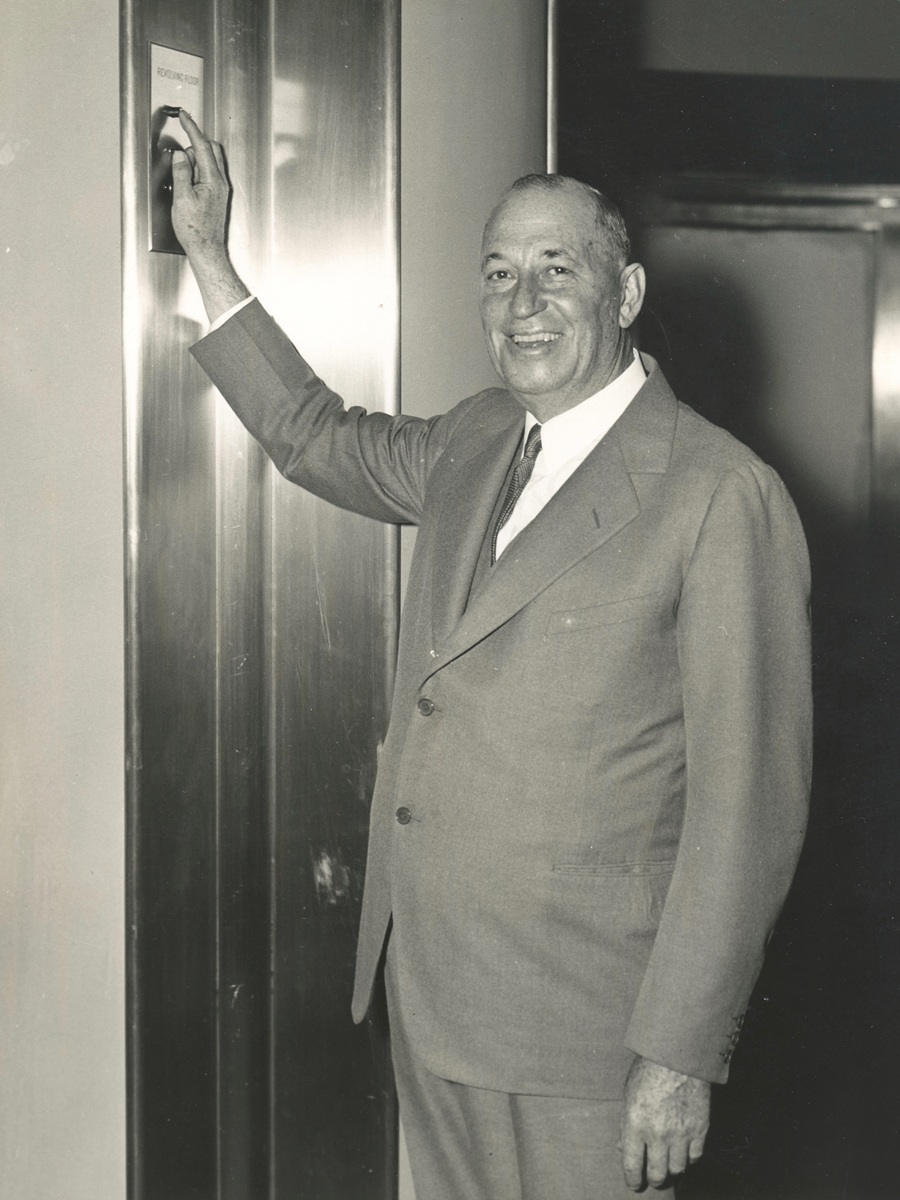
In 1930, the Chrysler Building was built, with 77 stories and a height of 1,046 feet, it was the tallest structure in the world at that time until completion of the Empire State Building, which opened in New York City. Chrysler retired as president of the Chrysler Corporation in 1935. Chrysler’s autobiography, The Life of an American Workingman, was published in 1936. He remained chairman of the board until his death on August 18, 1940, on Long Island, New York.
CLASSY ROADSTER
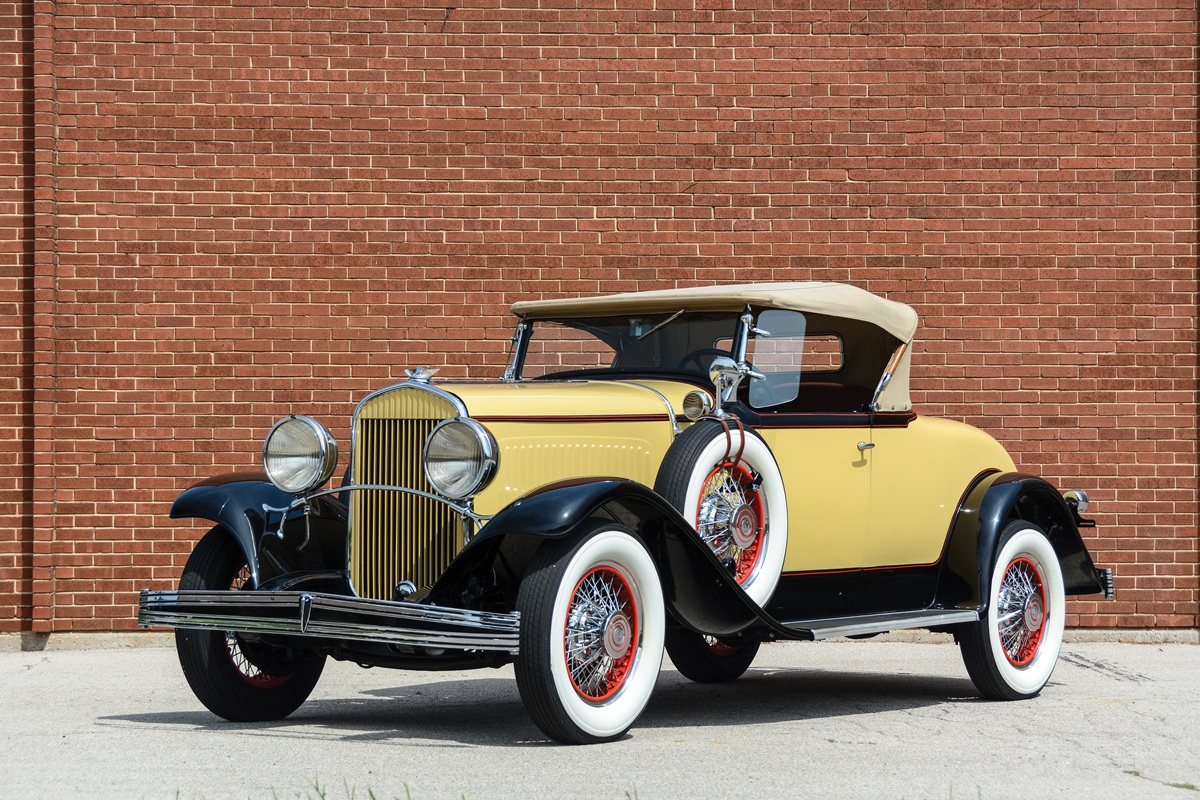
Powering the Series 75 in 1929 was a 248.9-cid L-head straight six, available as a 75-horsepower “Silver Dome” version, as well as the optional 84-horsepower “Red Head” more potent version. The convertible version shown here was priced at $1,725.00, weighed 3,320 pounds, standard equipment included Lockheed hydraulic brakes, Lovejoy shock absorbers and were the first Chryslers to feature built-in radiator shutters.
CHRYSLER STRAIGHT EIGHT POWER
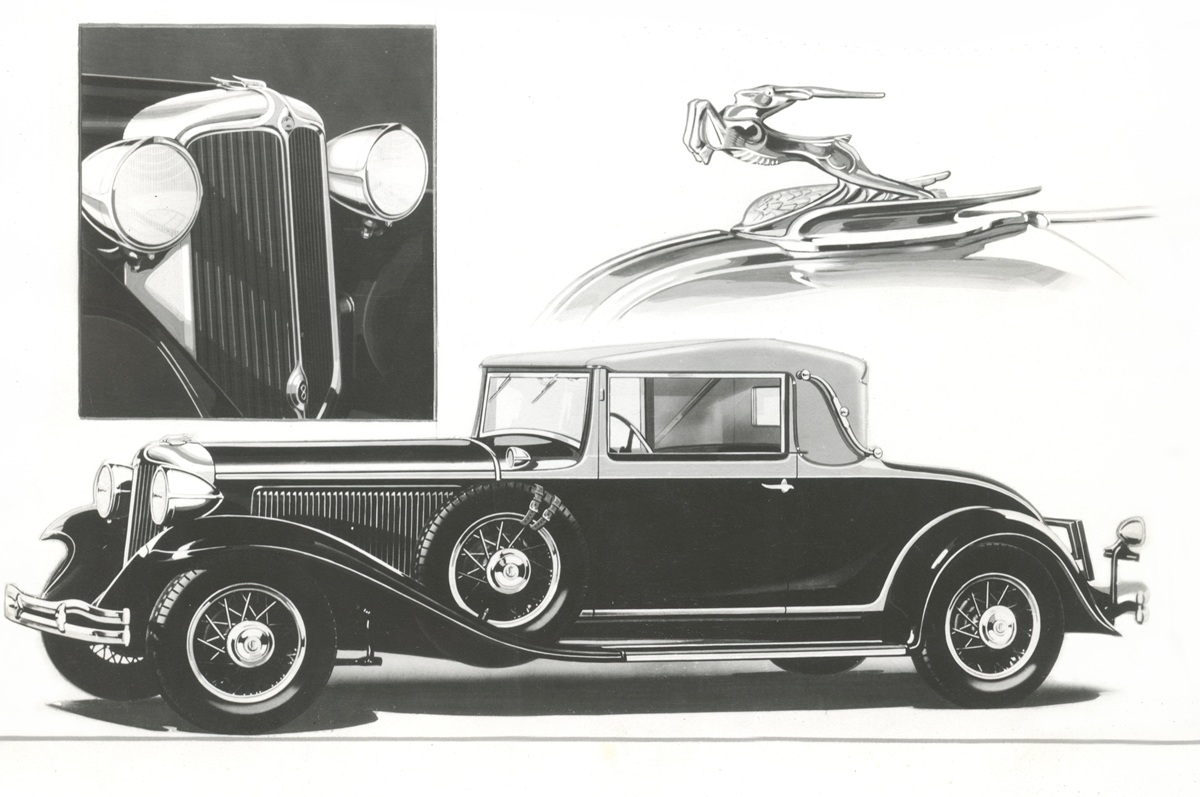
The 1931 Chrysler 8 Series CD model was based on a 124-inch wheelbase, rolled on 18-inch wire wheels. This was the first year for a Chrysler straight eight powerplant.
BRING ON THE AIRFLOW
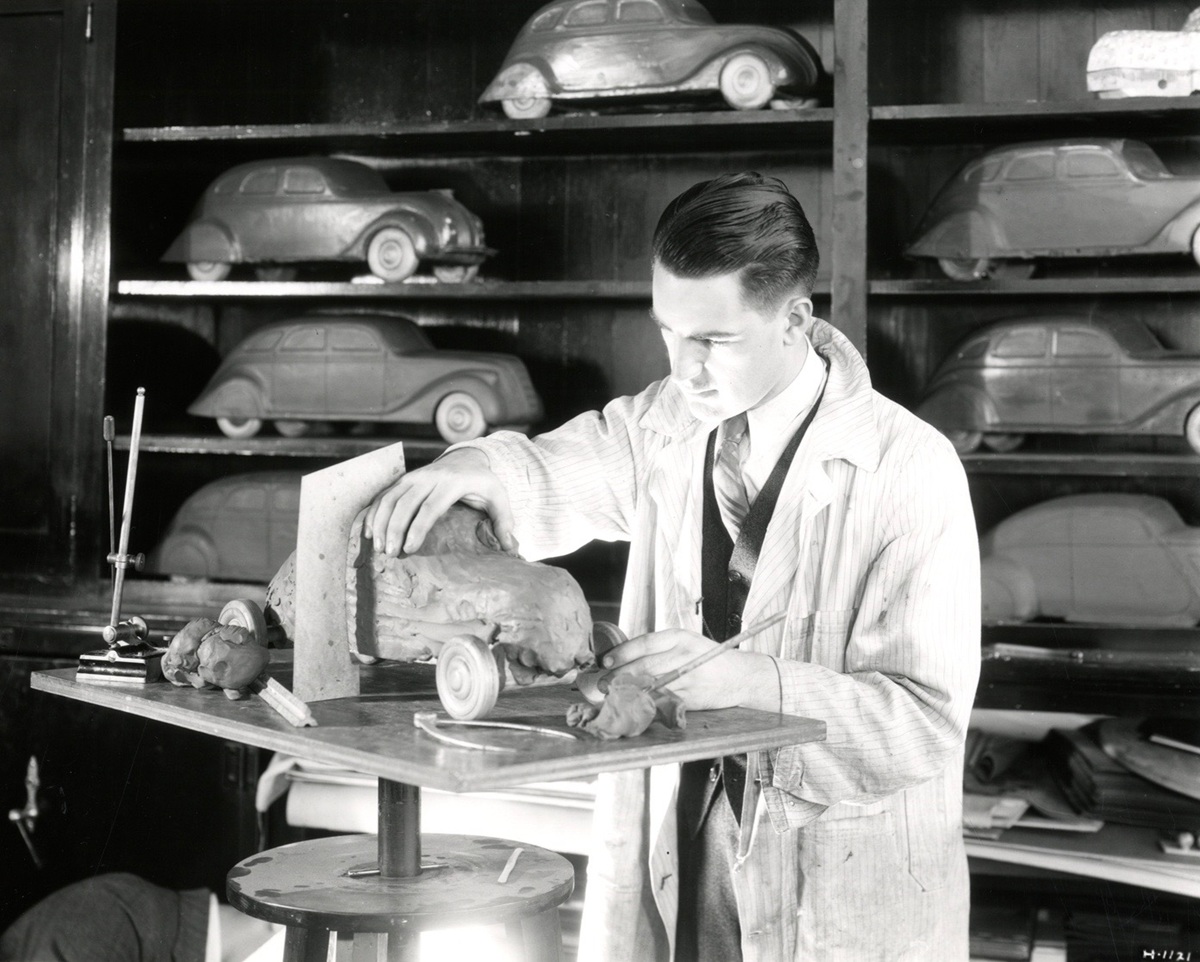
The genesis of the 1934 Airflow from Chrysler Corporation is said to have taken place at a place known as Gratiot Beach, located 60 miles from Chrysler headquarters in the summer of 1927. It was engineer Carl Breer who was driving his Chrysler and looked up and saw what he thought was a flock of geese, and it turned out that they were actually a group of airplanes from the Air Force heading to the nearby Selfridge Field. It got him to thinking how logically their shape had evolved, which prompted him to stick his hand out of his car, doing about 50 miles per hour at the time, noticing how much wind pressure against his open palm, and what an ideal shape would be for an automobile traveling at that same speed.
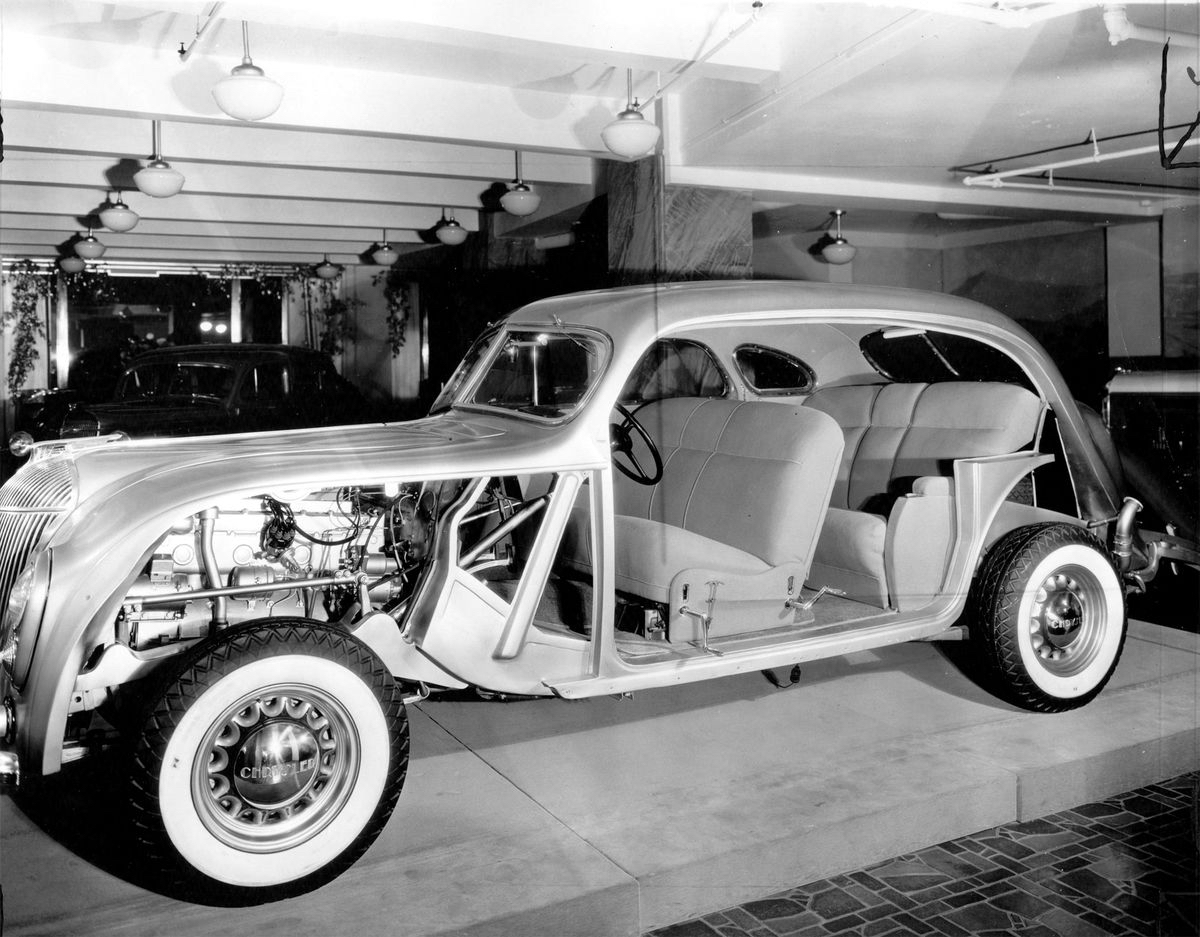
DYNO TESTING
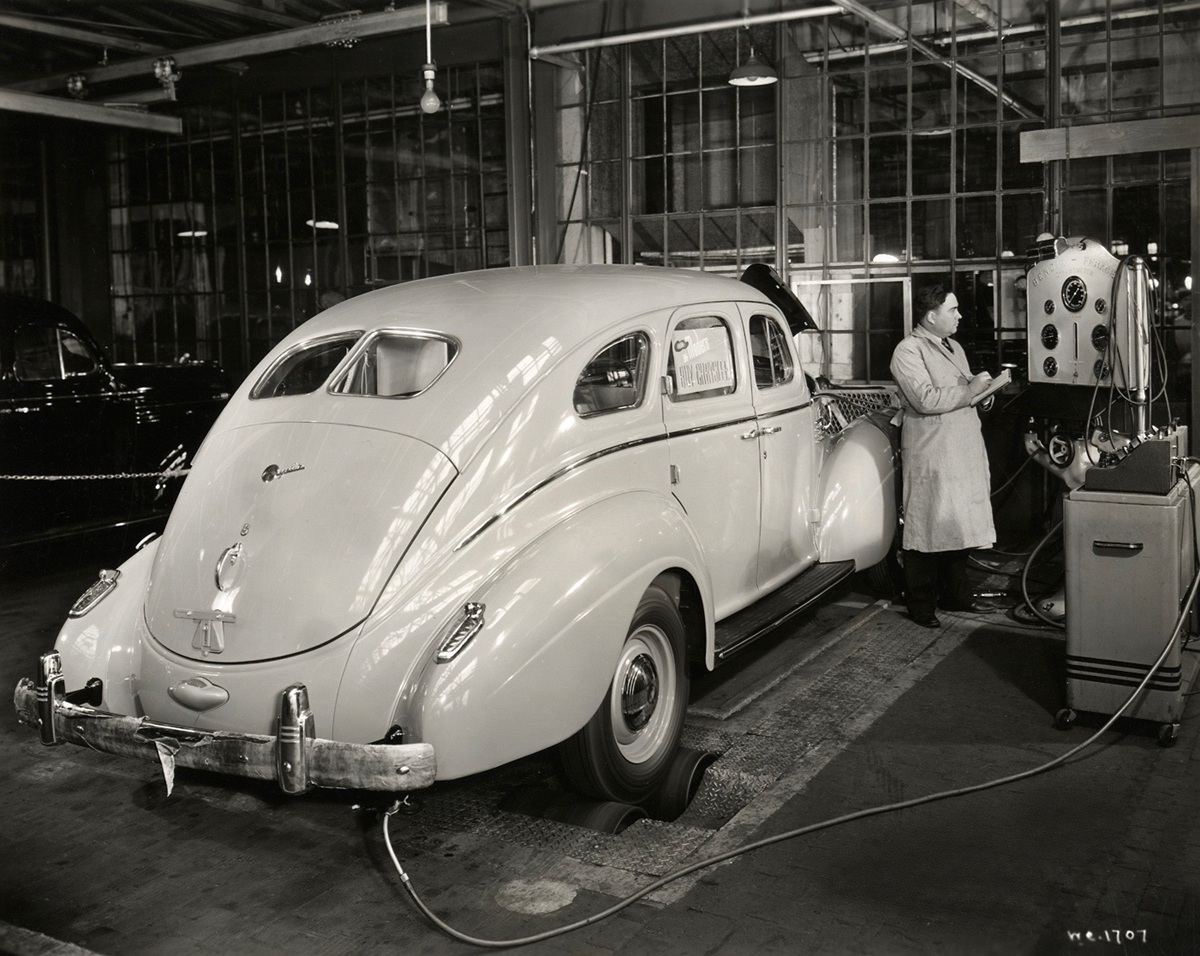
1939 Chrysler Royal’s 241.5-cid L-head inline six cylinder engine being tested on a Bendix-Ferace chassis dynamometer in the Chrysler laboratory inside the Jefferson Assembly Plant. The testing was for performance, power and economy, a random car taken off the production line.
NEWPORT SHOW CAR
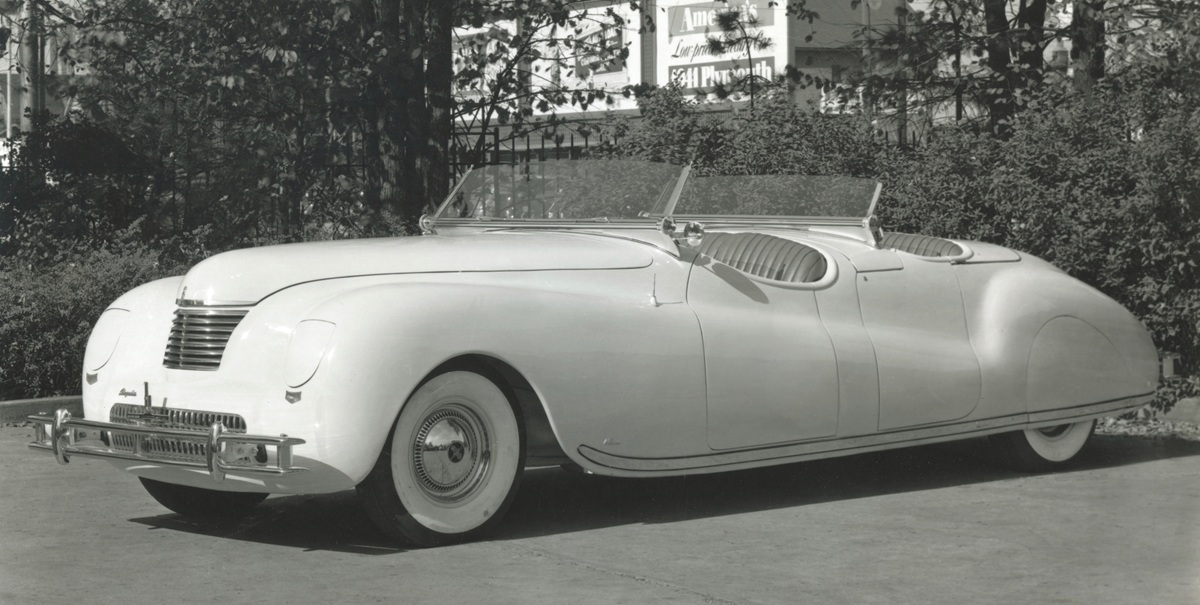
Designed by Ralph Roberts, the futuristic-styled Chrysler Newport show car from 1940 featured a dual cowl phaeton layout and a total of five were made, LeBaron-built. They were constructed on a New Yorker frame, featuring an integrated aluminum body and aircraft-style cockpit. Both windshields folded down and an advanced styling feature was the hide-away headlights.
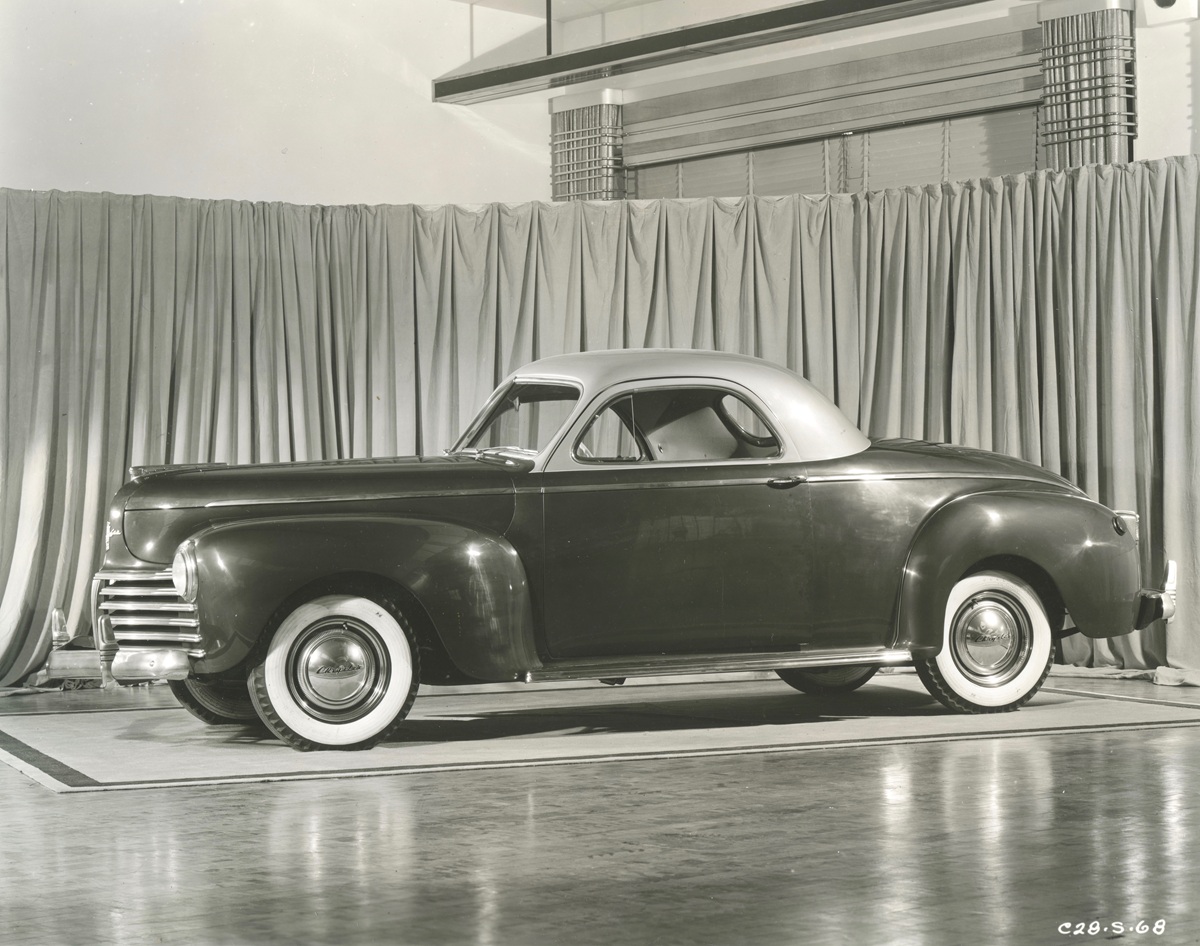
The 1941 Windsor Coupe was a three-passenger car with a six-cylinder engine and a listed shipping weight of 3,170 pounds. $998.00 price and those whitewall tires were an extra-cost option.
TOWN IN THE FRONT, COUNTRY IN THE REAR
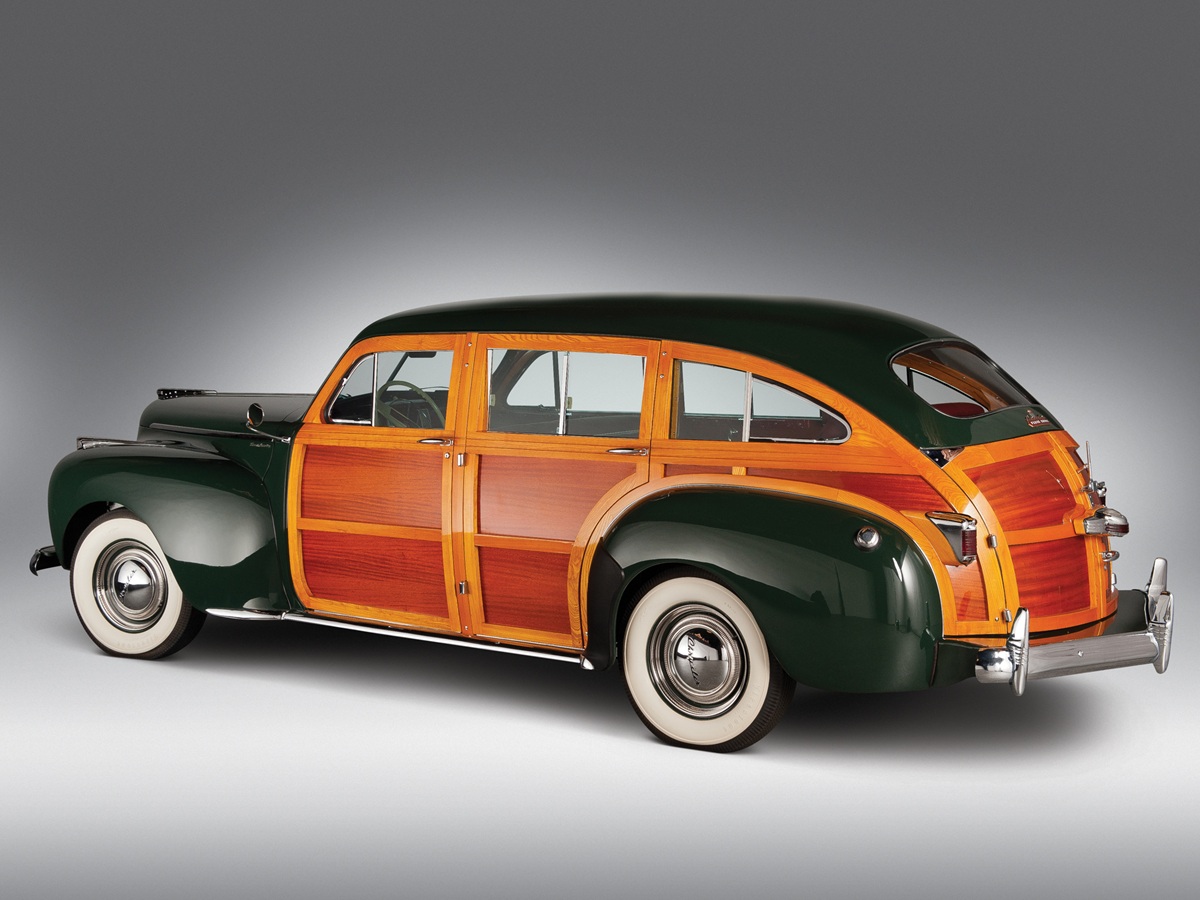
This 1941 Windsor Town & Country Station Wagon was known as the C-28W in the ordering books and some referred to this design as “barrelback.” Neither sedan nor pure station wagon. 121.5-inch wheelbase and 108 horsepower, 241.5-cid L-Head inline six. Available in both 6- and 9-passenger seating.
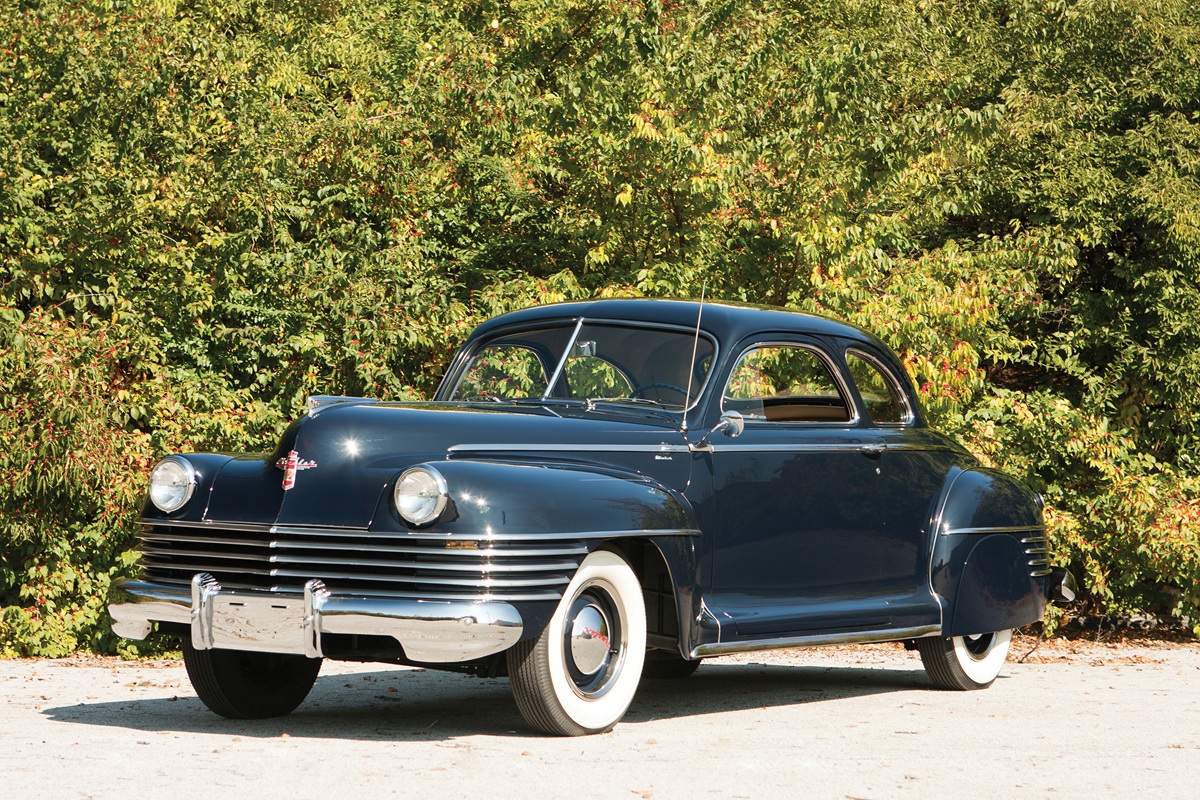
In December of 1941, the United States entered the Second World War and by February of ’42, all civilian car production ceased. The 1942 line of Chryslers had received a major restyling – shown here, a Windsor Club Coupe, fitted with optional fender skirts. 1,713 of these were built with the base price of $1,228.00.
WOMEN RIVETERS IN CHRYSLER’S WAR PRODUCTION PLANT
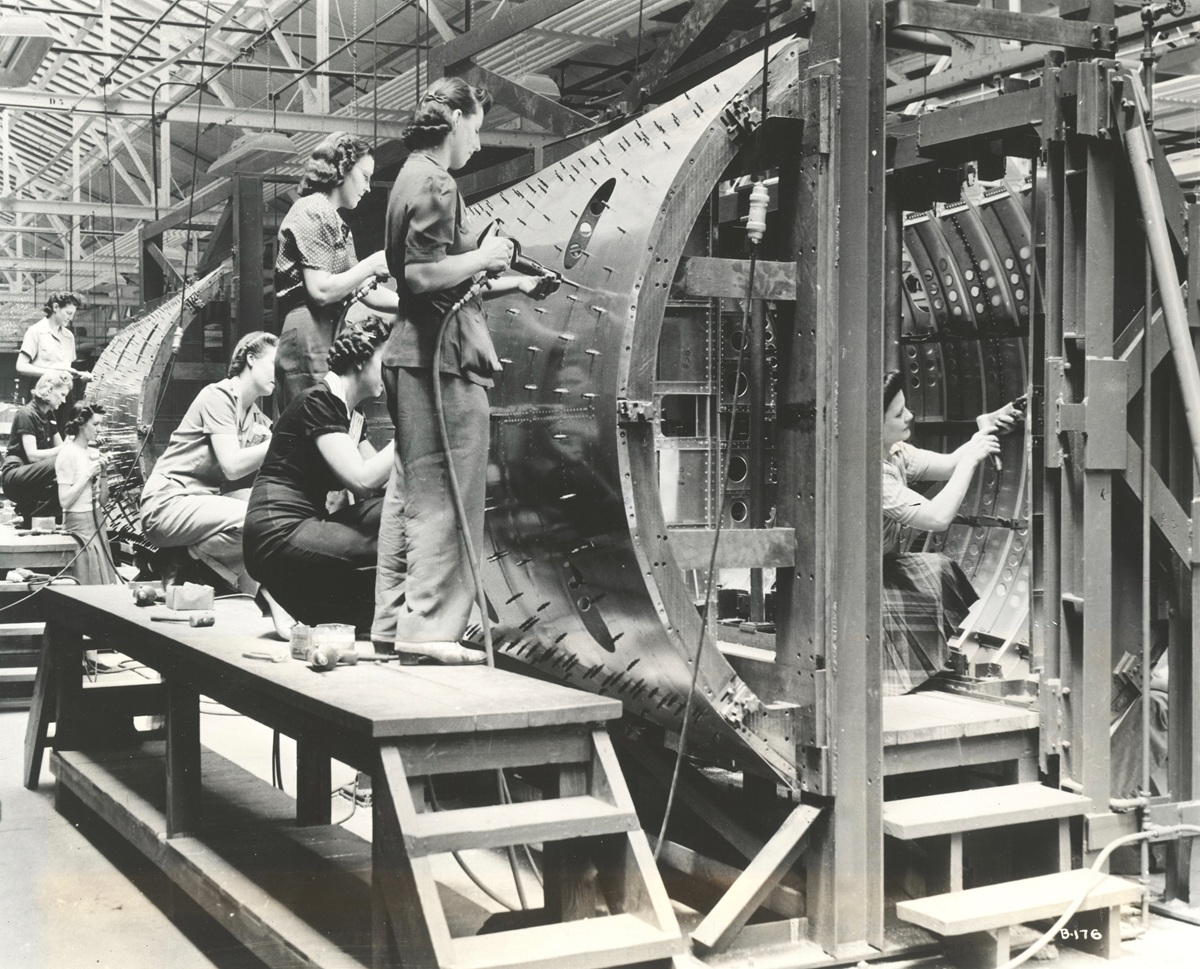
Dateline: Dec. 30, 1942, inside the DeSoto Bomber Plant, women being trained to perform operations on the fuselage assembly. Shown here is the outer shell of a Bomb-Bay section being riveted. Parts and sub-assemblies for the medium bomber section were made in Chrysler plants, which formerly built automobiles and trucks.
WAR PRODUCTS OF CHRYSLER CORPORATION
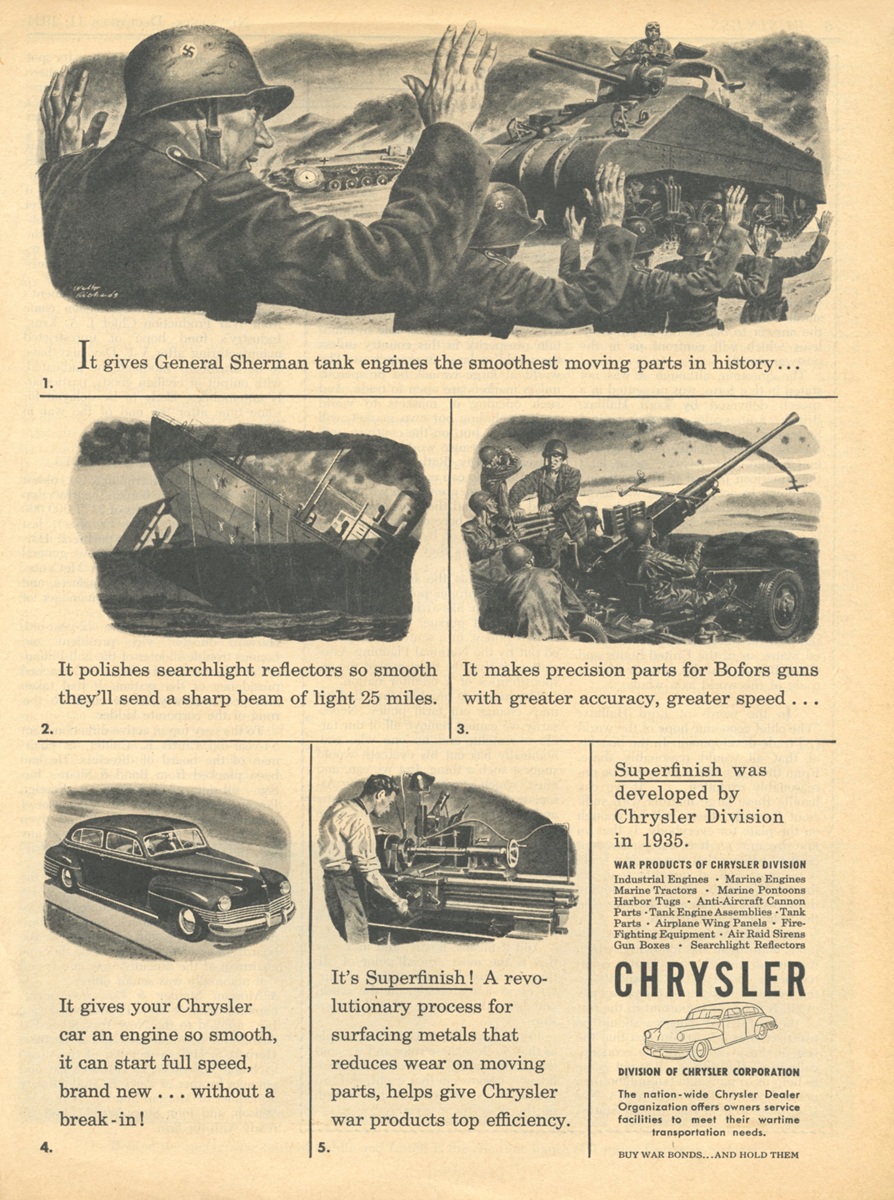
A full-page advertisement highlighting the new revolutionary process called “Superfinish” from Chrysler ran in the December 11, 1944, Newsweek magazine. It was all about a reducing wear on moving parts, and it helped give Chrysler’s various war products top efficiency. In the ad copy, it stated that there was a nationwide Chrysler Dealer Organization that provided car owners service facilities to do with their wartime transportation needs.
WOOD IS GOOD
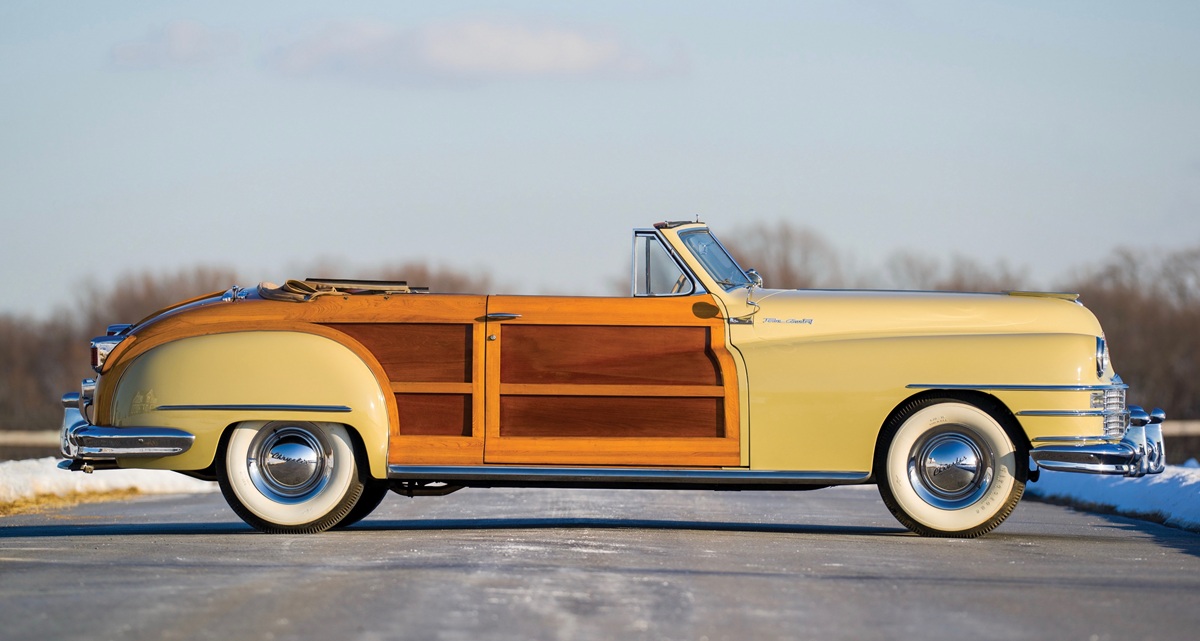
The Chrysler Town & Country convertible is most definitely a glamorous woodie vehicle, and rode on a 127.5-inch wheelbase, powered by a 135-horsepower Splitfire straight eight and shipping weight of 4,332 pounds.
NEW FOR 1949
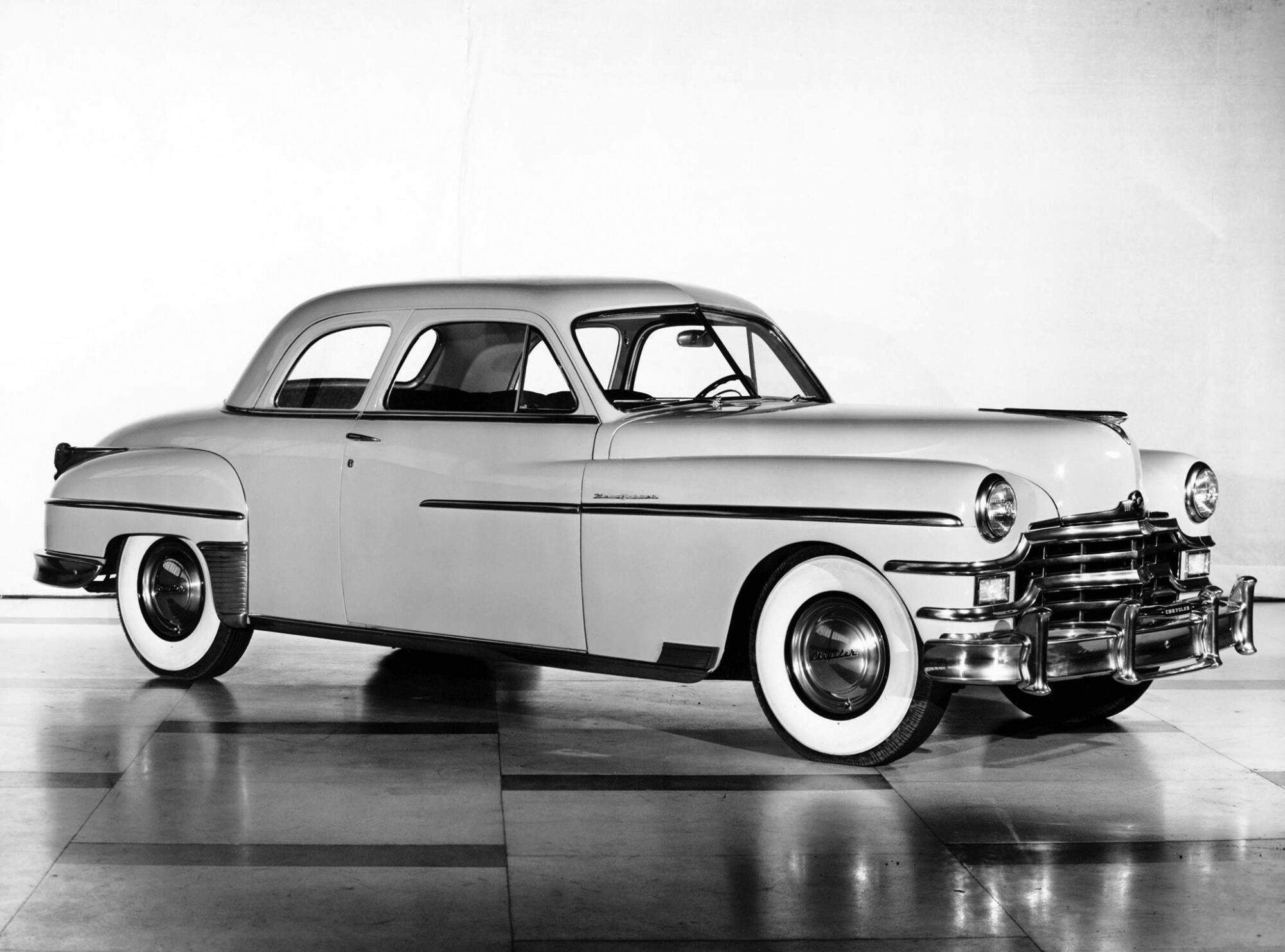
All the money spent on creating an entirely new car for 1949 was unfortunately not considered by new car buyers as a thing of beauty.
CHRYSLER INTO THE 1950s
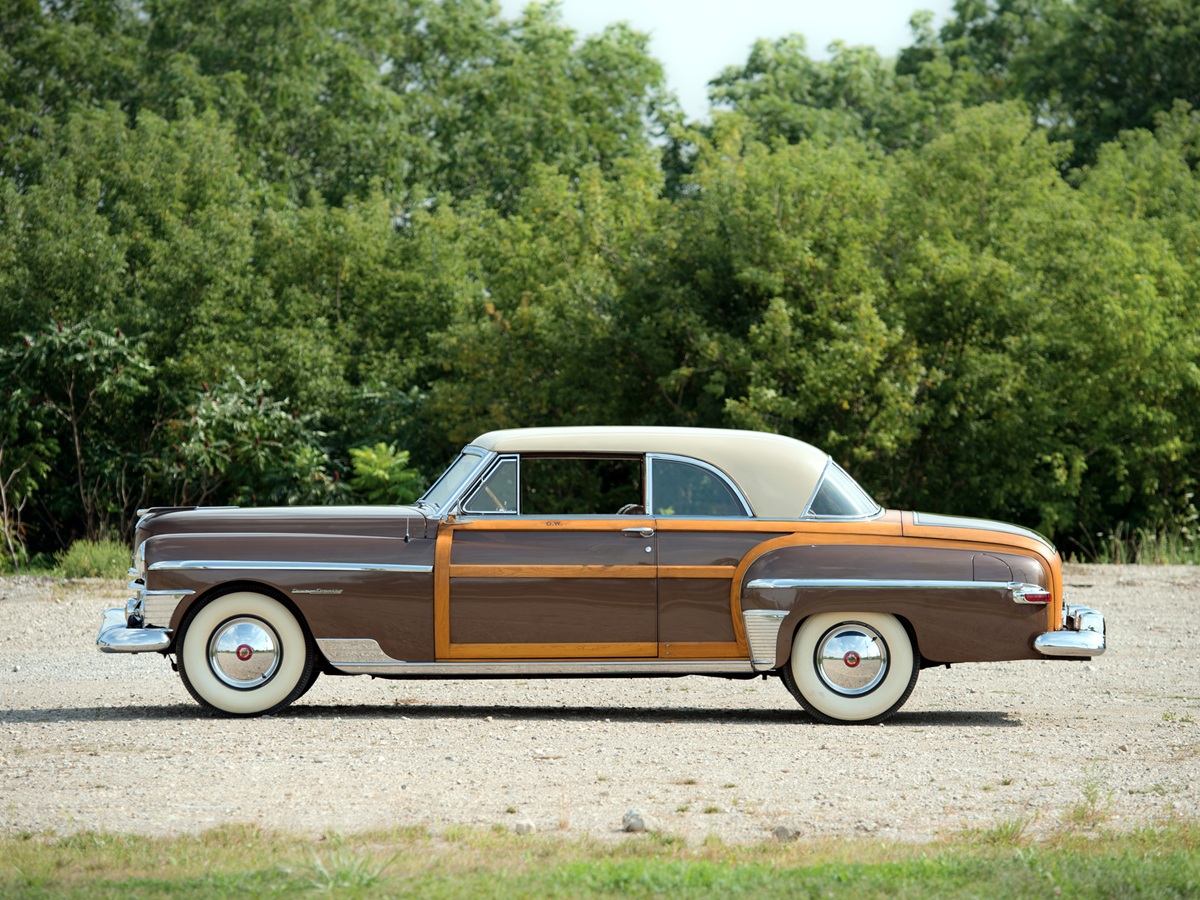
Built as a hardtop, the 1950 Town & Country Newport Coupe was the last of the Chrysler woodie vehicles, and only 698 were produced and obviously minimal wood.
NEW HEMISPHERICAL-HEADED V8 ENGINE
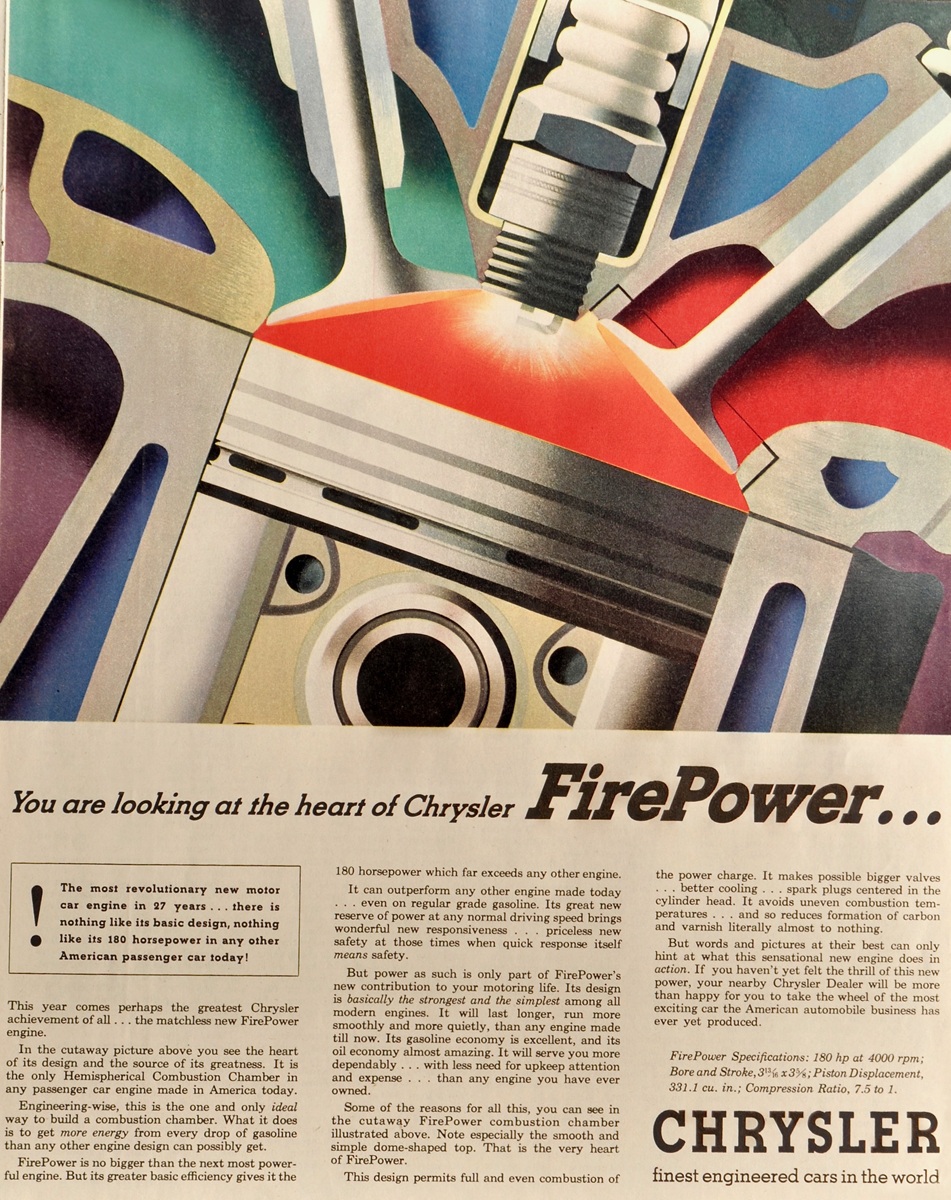
Published in August of 1951, this full page in Collier’s magazine touted the all-new-for-1951 model year Chryslers. “The most revolutionary new motor car engine in 27 years…there is nothing like its basic design, nothing like its 180 horsepower in any other American passenger car today!”
The cutaway FirePower combustion chamber illustration does the job of visually explaining the hemispherical design. “What it does is to get more energy from every drop of gasoline than any engine design can possibly get.”
CHRYSLER POWER STEERING
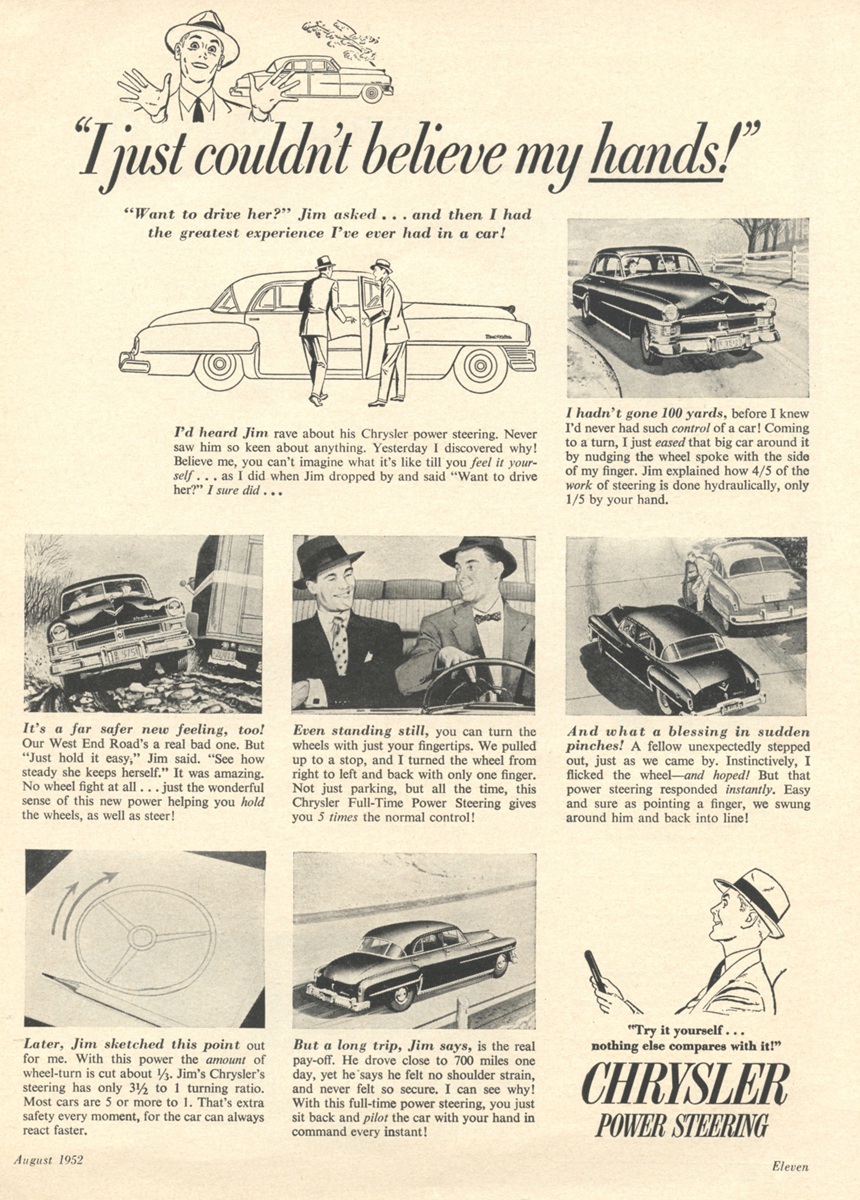
August 1952 saw this Chrysler Corporation Power Steering consumer ad, touting with testimonials the advantages over the old-fashioned manual steering boxes. “Coming to a turn, I just eased that big car around by nudging the wheel spoke with the side of my finger.”
EARLY MOTORSPORTS INVOLVEMENT
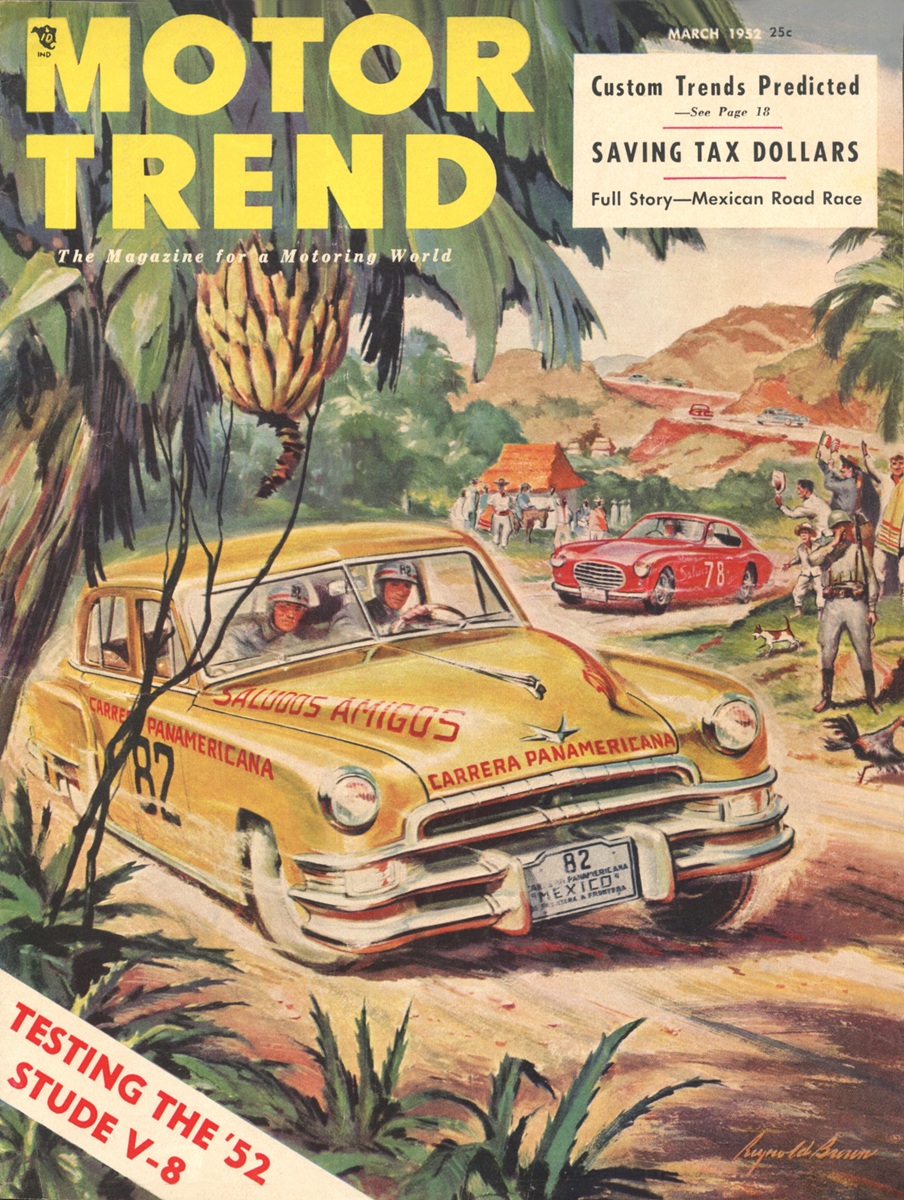
Highlighted on the March 1952 cover of Motor Trend magazine a Chrysler racing in the Carrera Panamericana Road Race, no doubt the drivers realizing the impressive power of the HEMI® engine!
INTRODUCING THE FORWARD LOOK
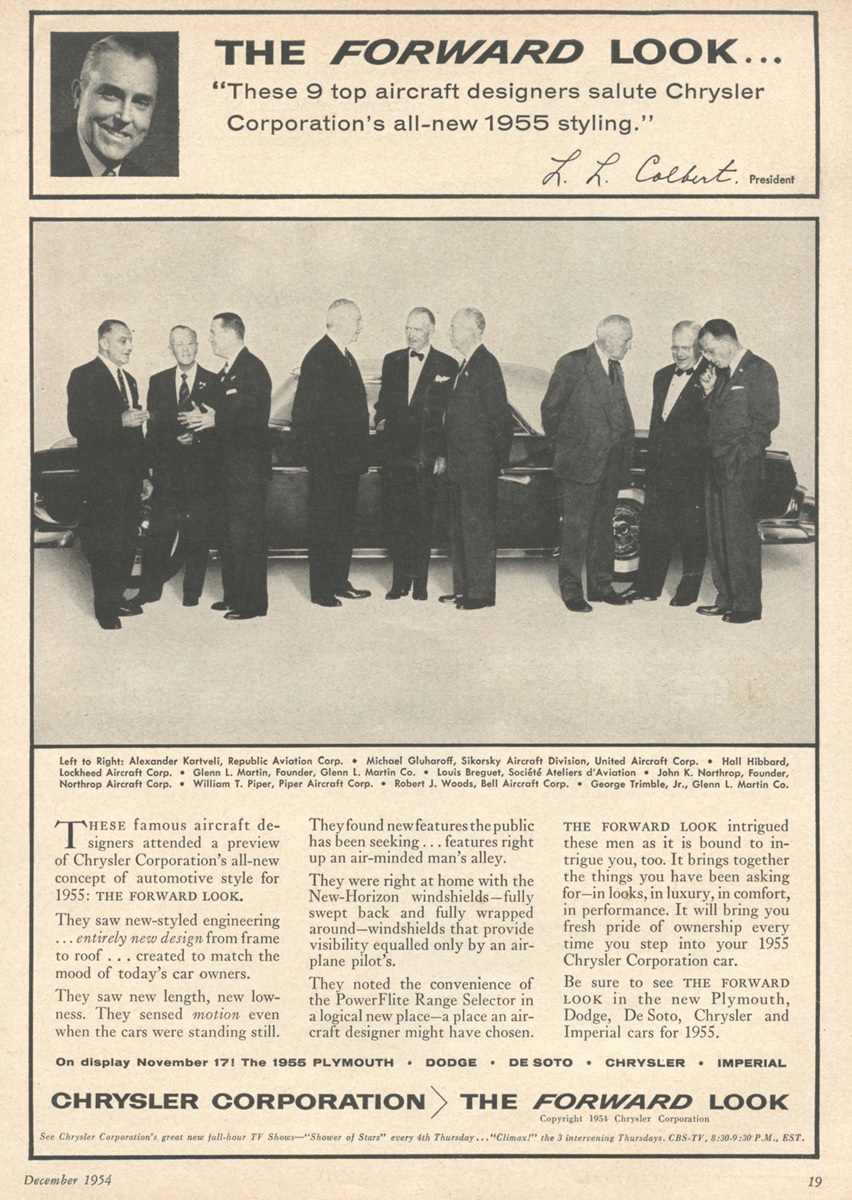
In December 1954, previewing the new line of 1955 cars, Chrysler President L.L. Colbert was featured along with the nation’s top aircraft designers in saluting the “Forward Look” that was all new. Longer, lower and sleeker, along with swept back, wrapped around windshields, “features that are right up an air-minded man’s alley.”
CHRYSLER 300 DEBUTED FOR 1955
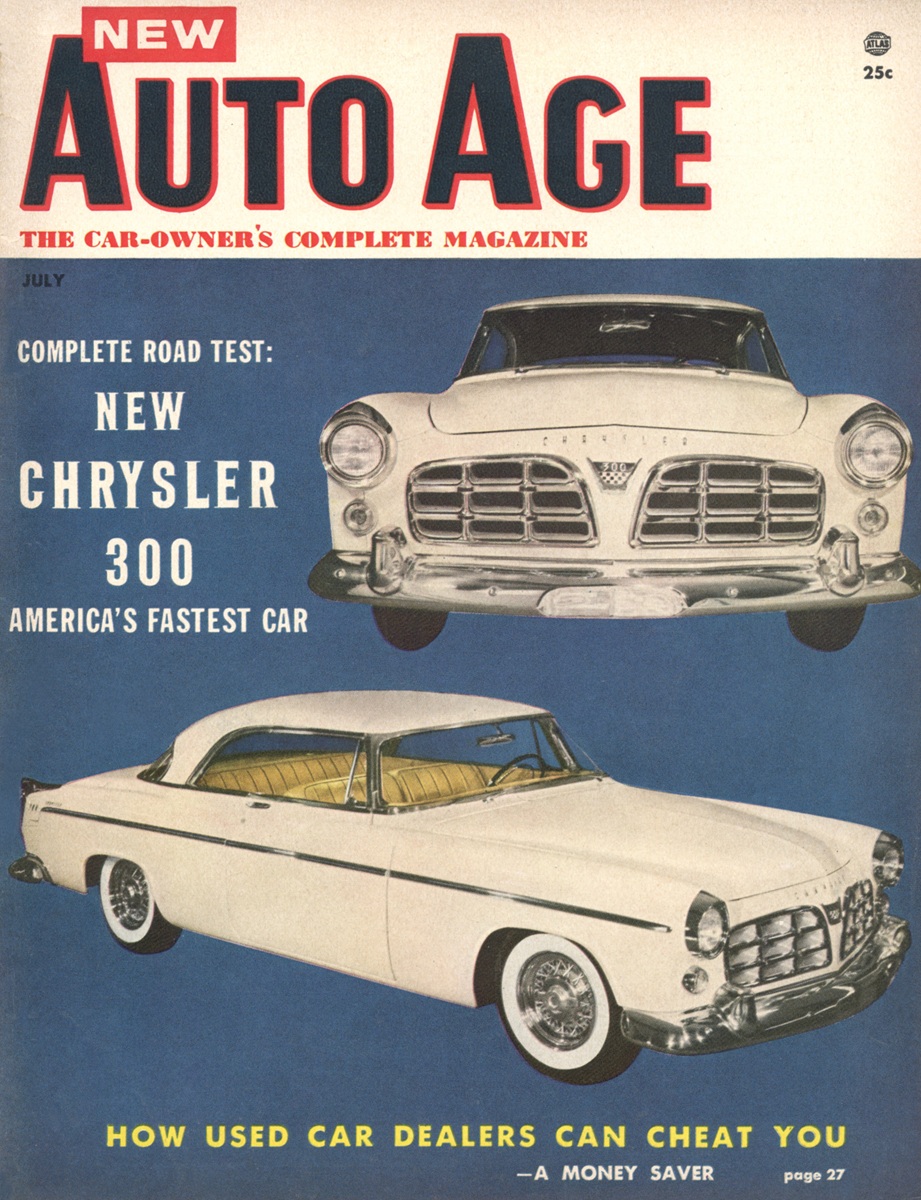
The 1955 Chrysler C-300 represents the first production car to hit 300 HP. Power came from a HEMI engine that was refined for performance. These cars attained fame in early NASCAR races with Chrysler winning 51 out of 101 races entered in 1955 and 1956. Based on their success, it clearly showed the buying public that Chrysler made true performance cars! Many consider these HEMI engine-powered machines as being the “gentleman’s performance car” which was way before anyone ever described a vehicle as a “muscle car.”
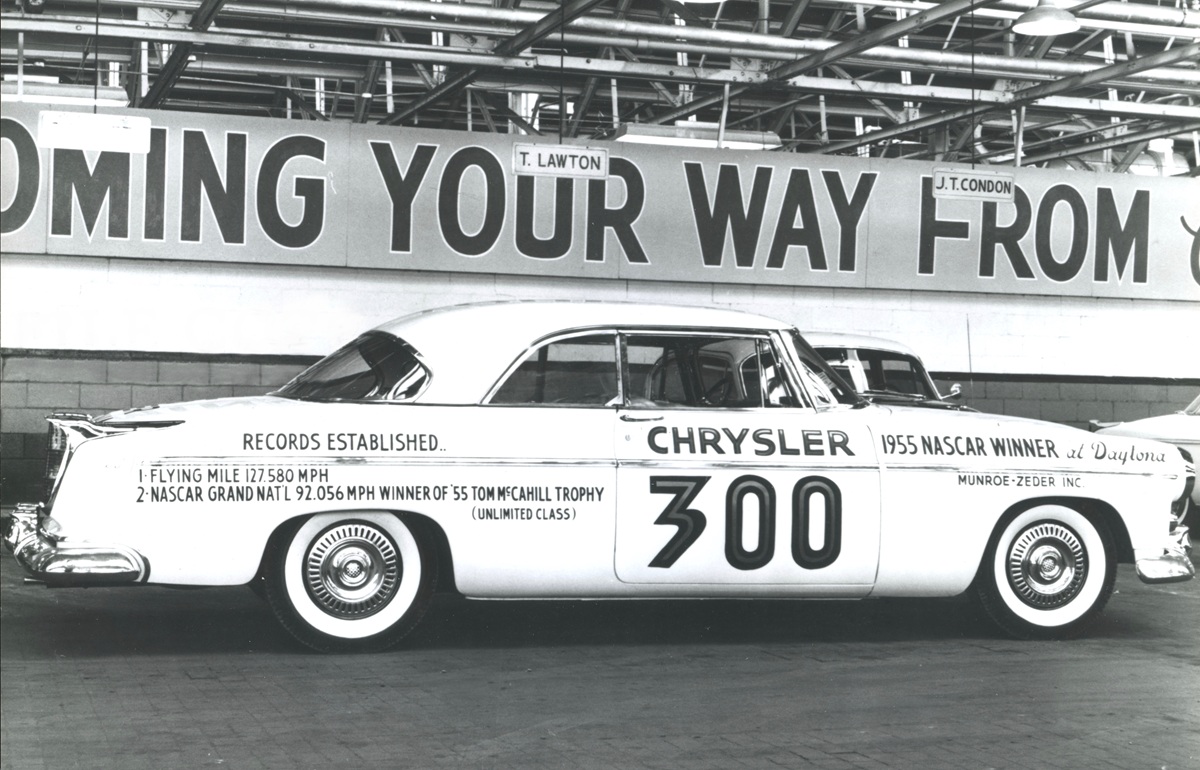
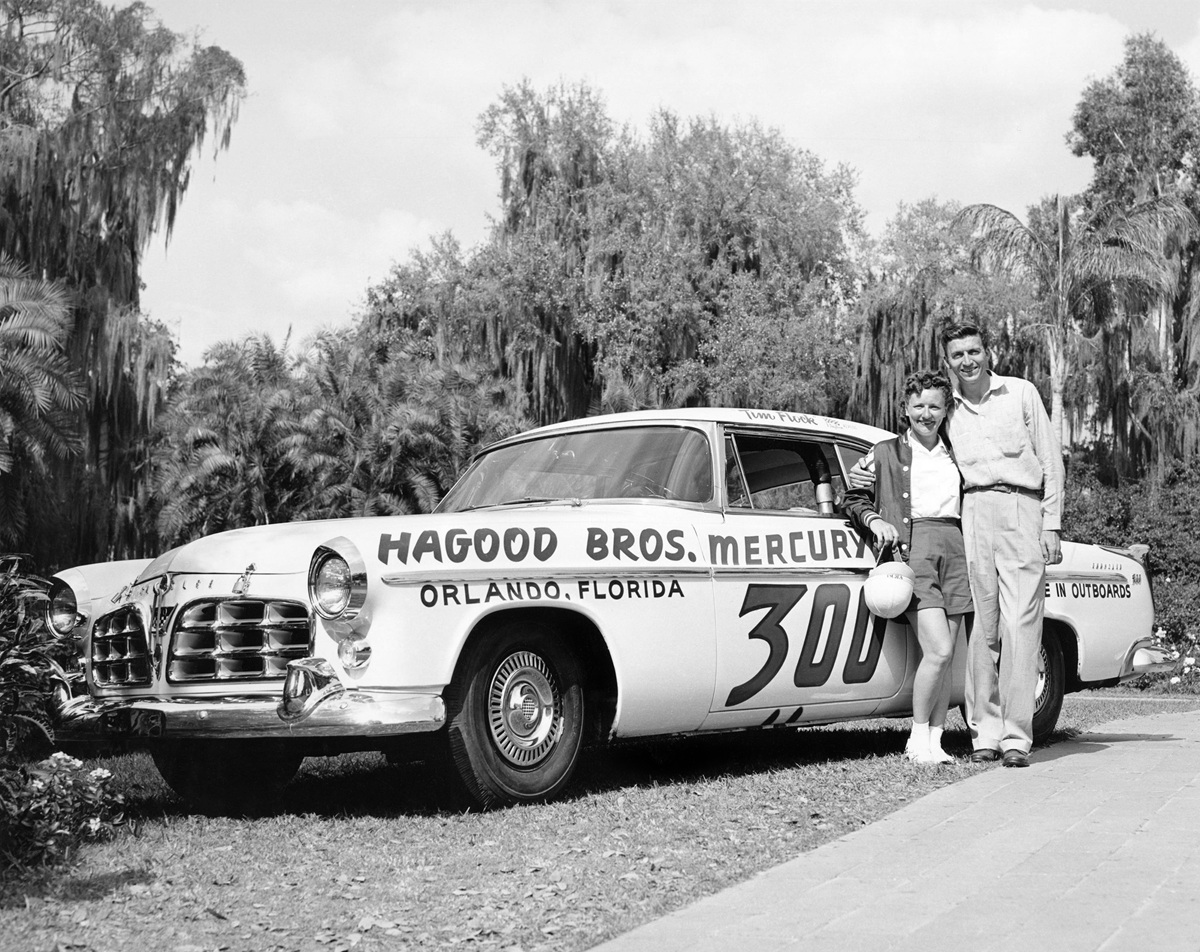
RARE DROPTOP
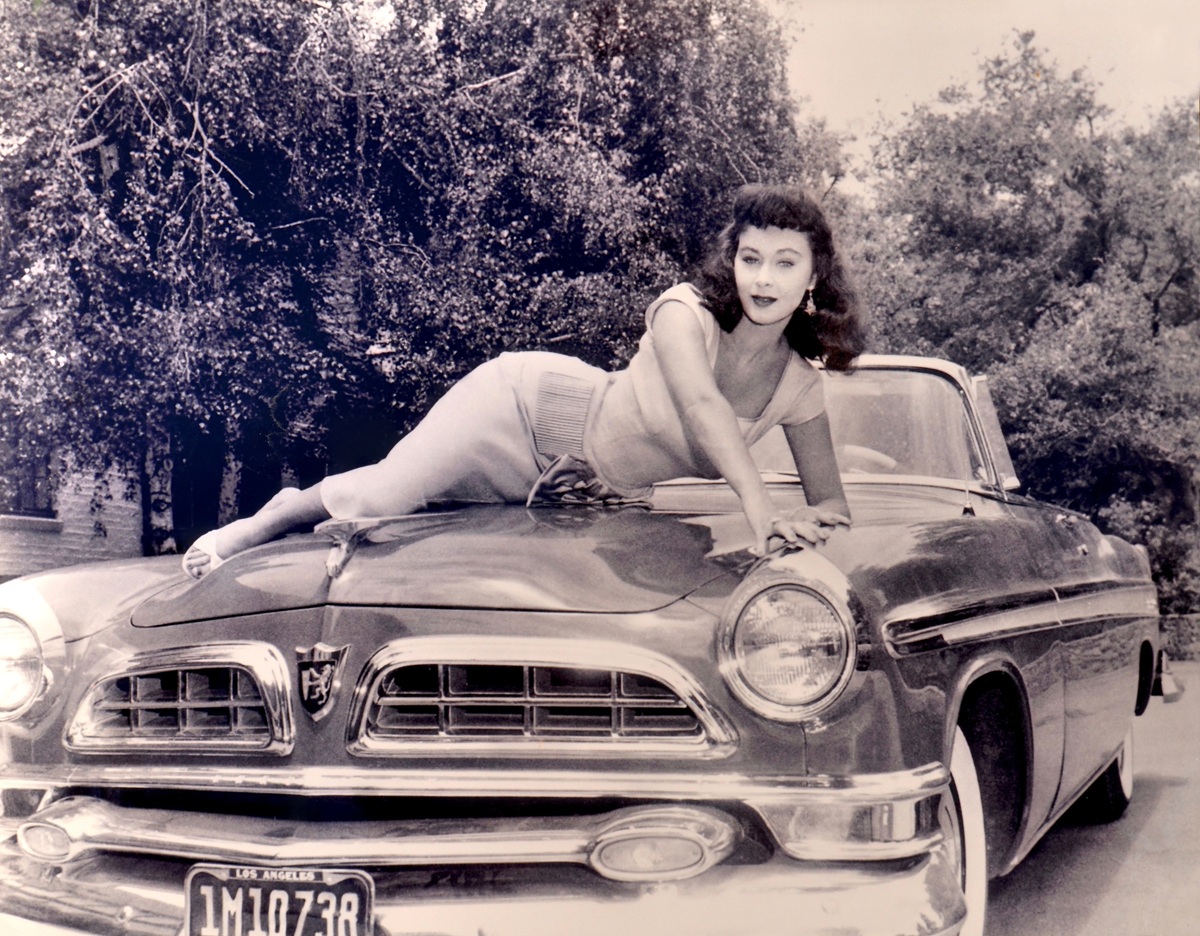
Film actress Marla English posed on the hood of this 1955 droptop Chrysler New Yorker DeLuxe for a publicity shot. Standard engine was the 250-hp 331-cid HEMI. A rare car as only 946 were produced and base price listed at $3,924.00. It was no lightweight: 4,285 pound shipping weight. Note the radio antenna is mounted on driver’s side front fender, lack of outside rearview mirror.
HEMI ENGINE SMOG TESTING
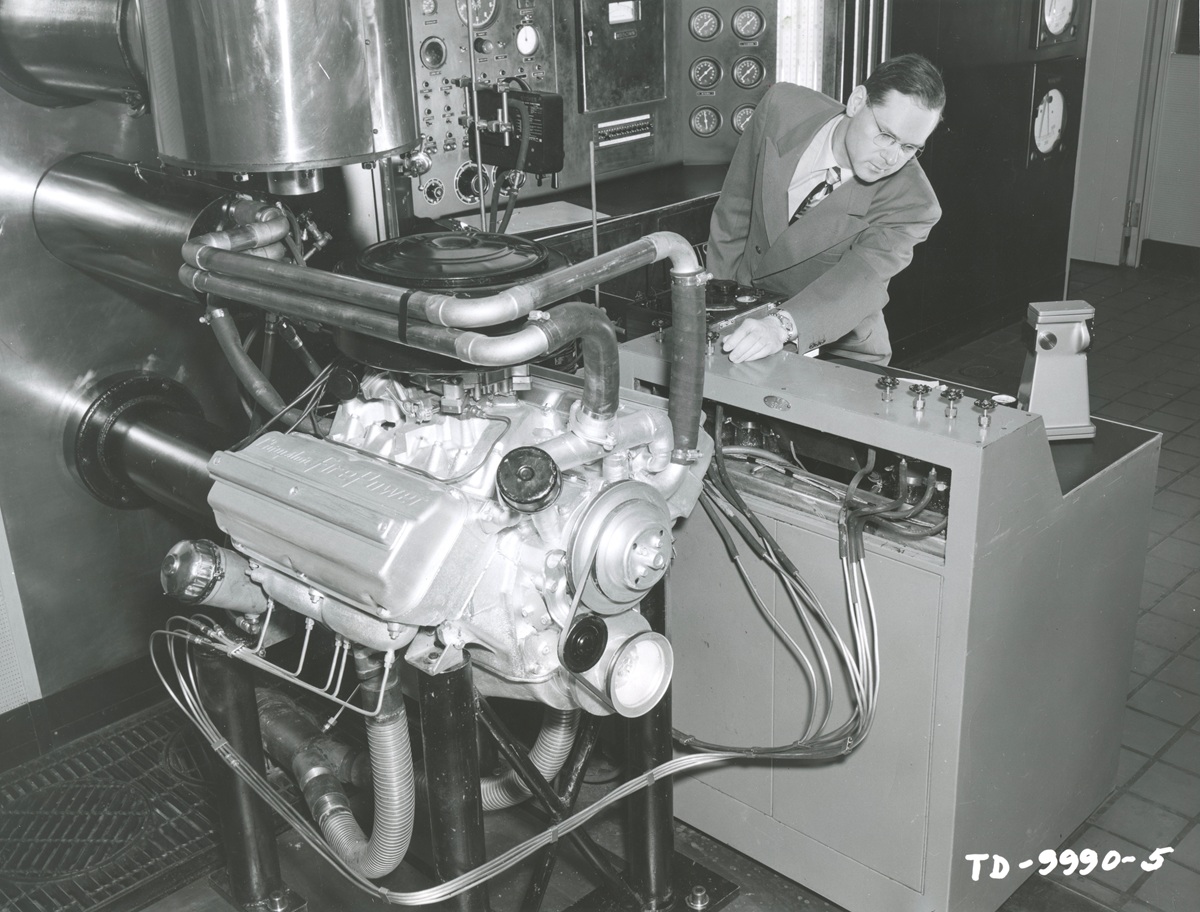
Dateline: April 19, 1955, in the Chrysler Corporation Laboratories, the HEMI engine being tested on the dynomometer for exhaust emissions (note fittings on the exhaust manifolds). The exhaust gas samples were analyzed with spectrographic equipment.
ASSEMBLY LINE
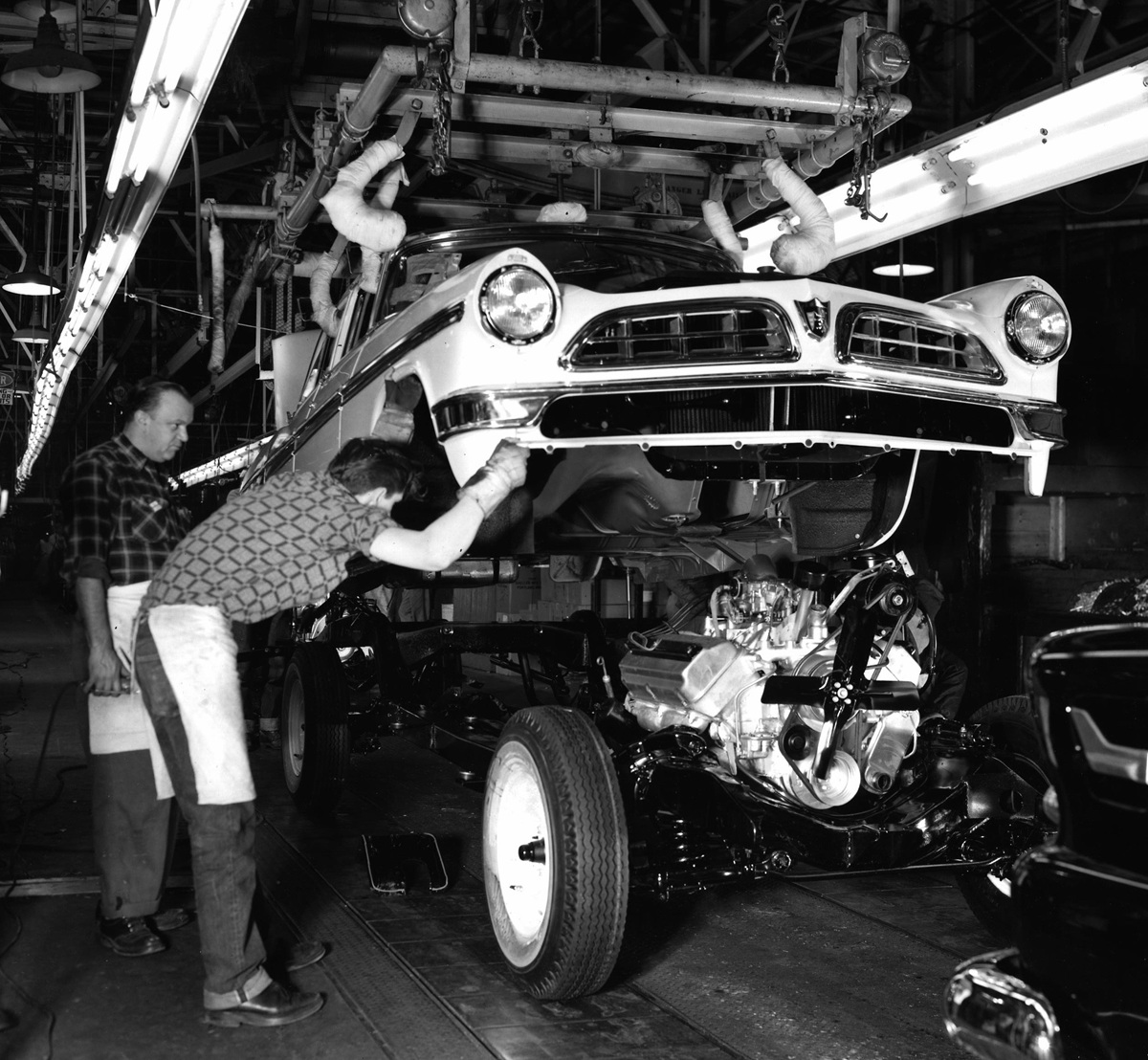
It’s just a random 4-door ’55 Chrysler New Yorker rolling down the assembly line during the body drop process. 331-cid HEMI engine standard equipment, 250-horsepower, 8.5:1 compression ratio, Carter WCFB 2126S four barrel carburetor. All 1950s Chrysler HEMI engines had covers over the spark plug center area of the valve covers.
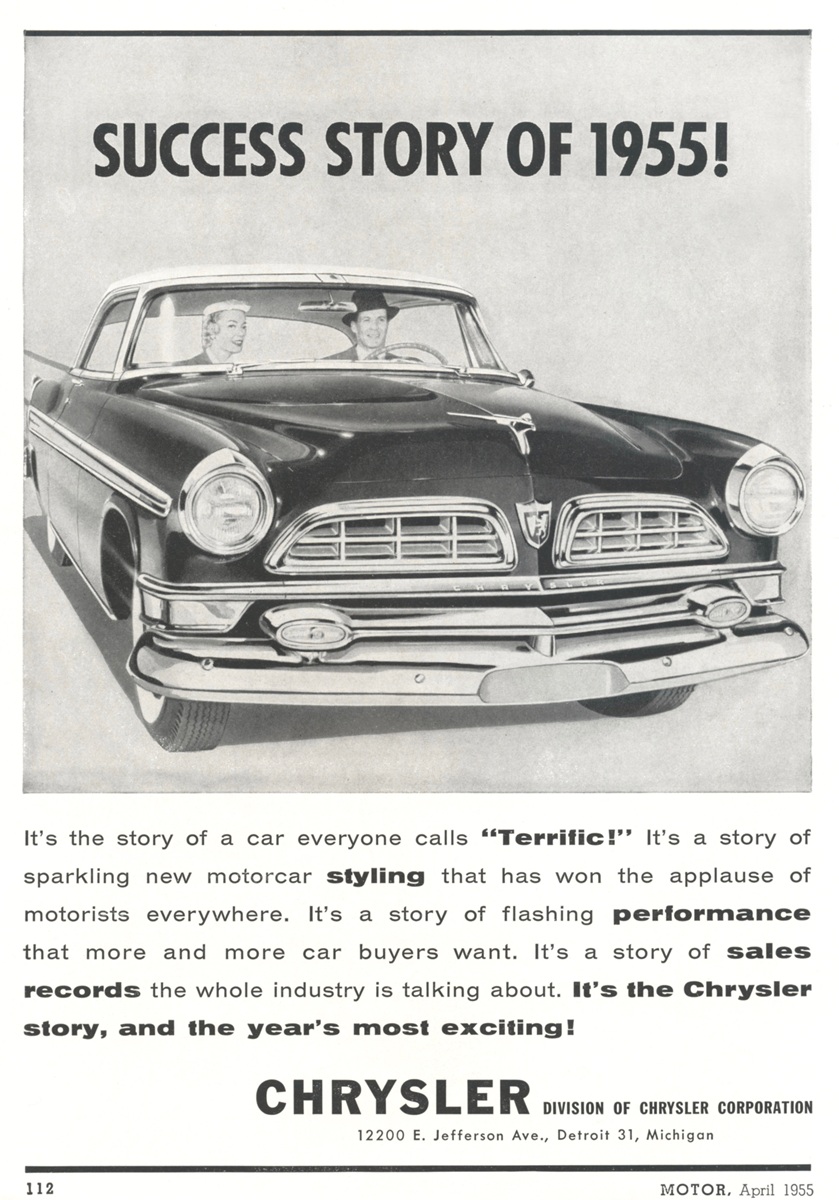
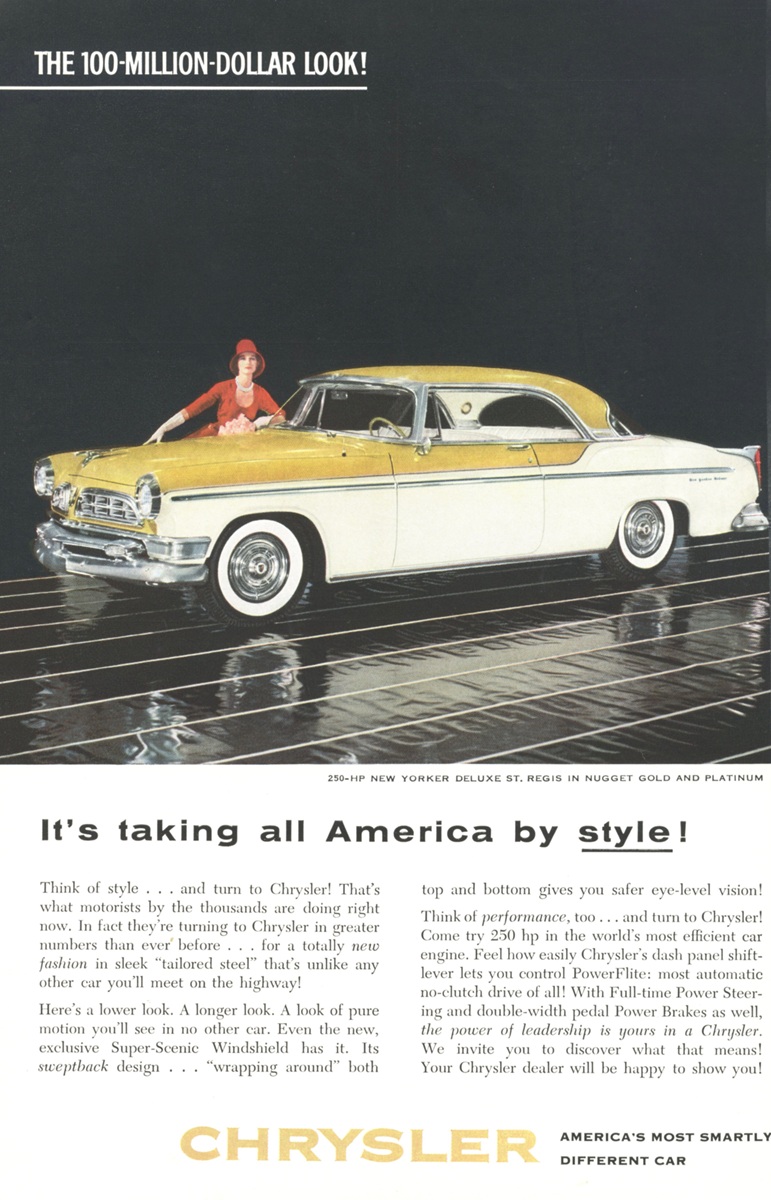
Styling was a key marketing aspect of Chrysler consumer advertising for the 1955 model year. The focus was the appearance of the car’s all-new look and while the color ad did highlight the “250 hp…efficient car engine” nowhere did the word “HEMI” appear.
1956 BRINGS ON THE FINS!
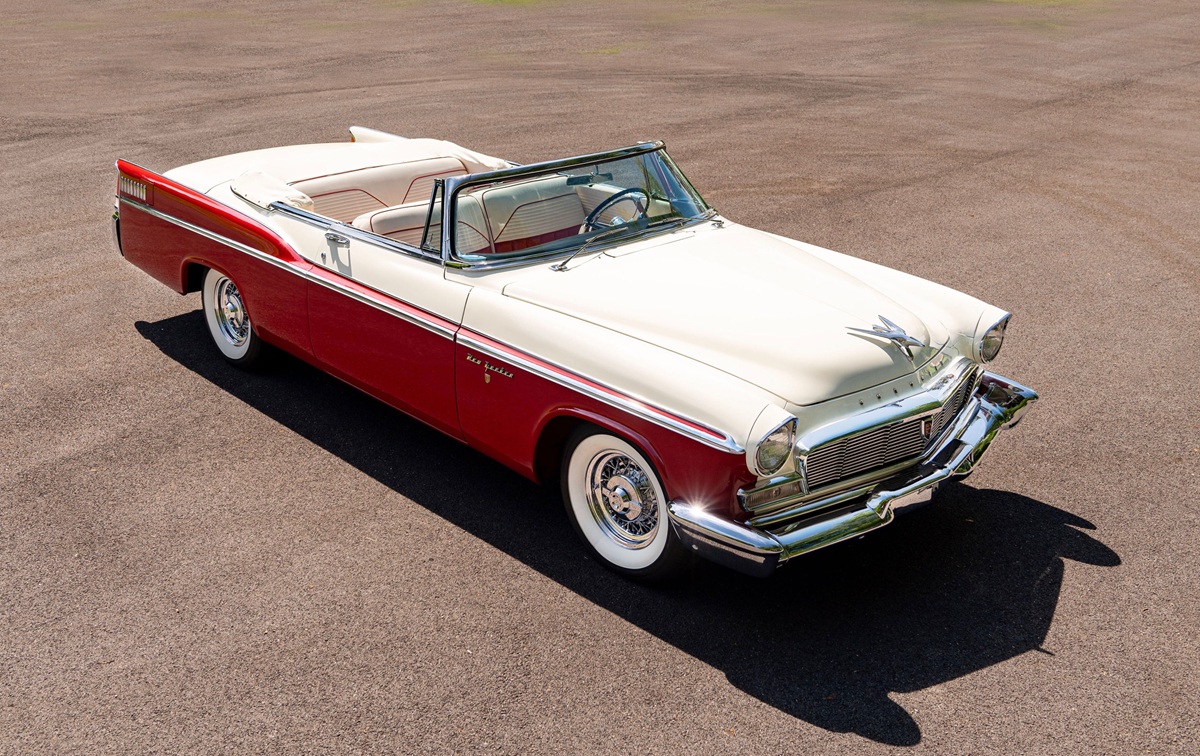
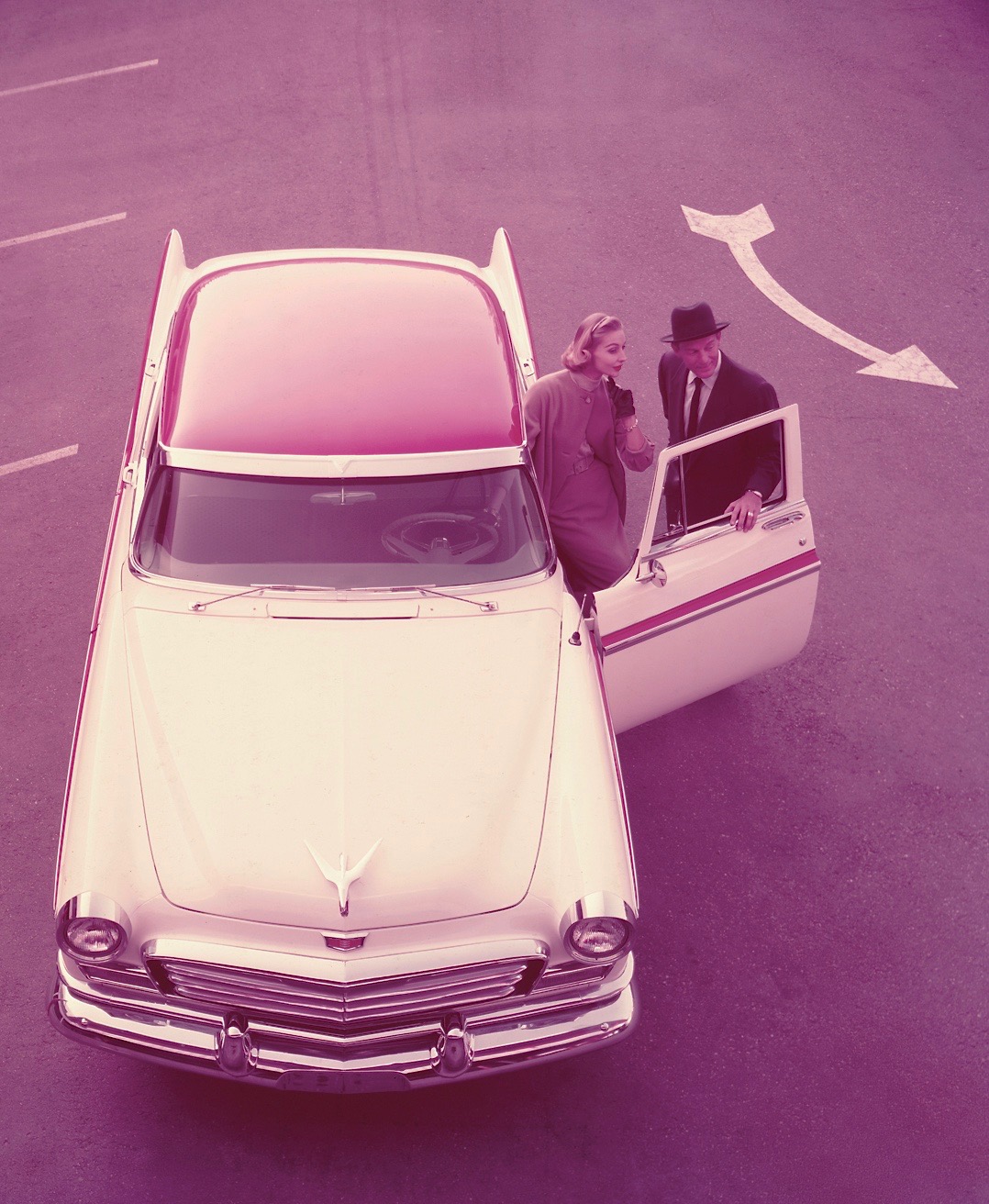
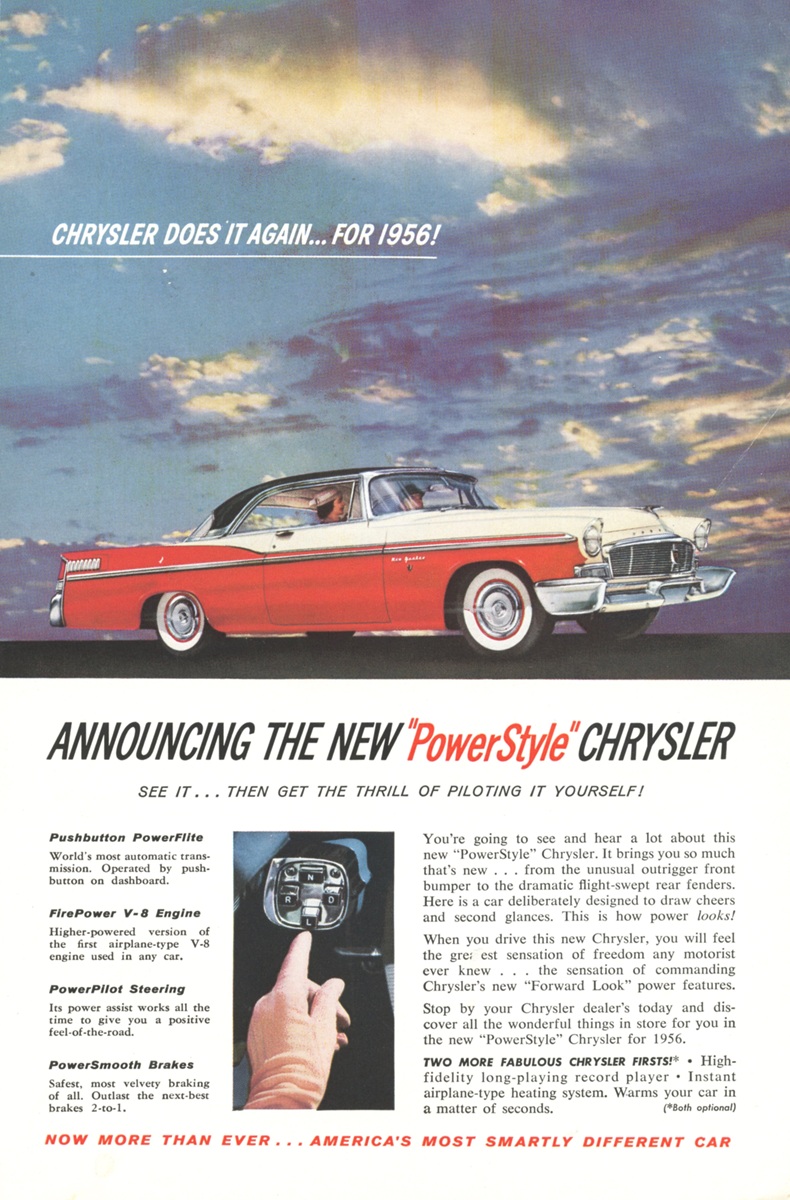
Stylish and done with taste, the designers at Chrysler added subtle fins for ’56.
300B LETTER CAR
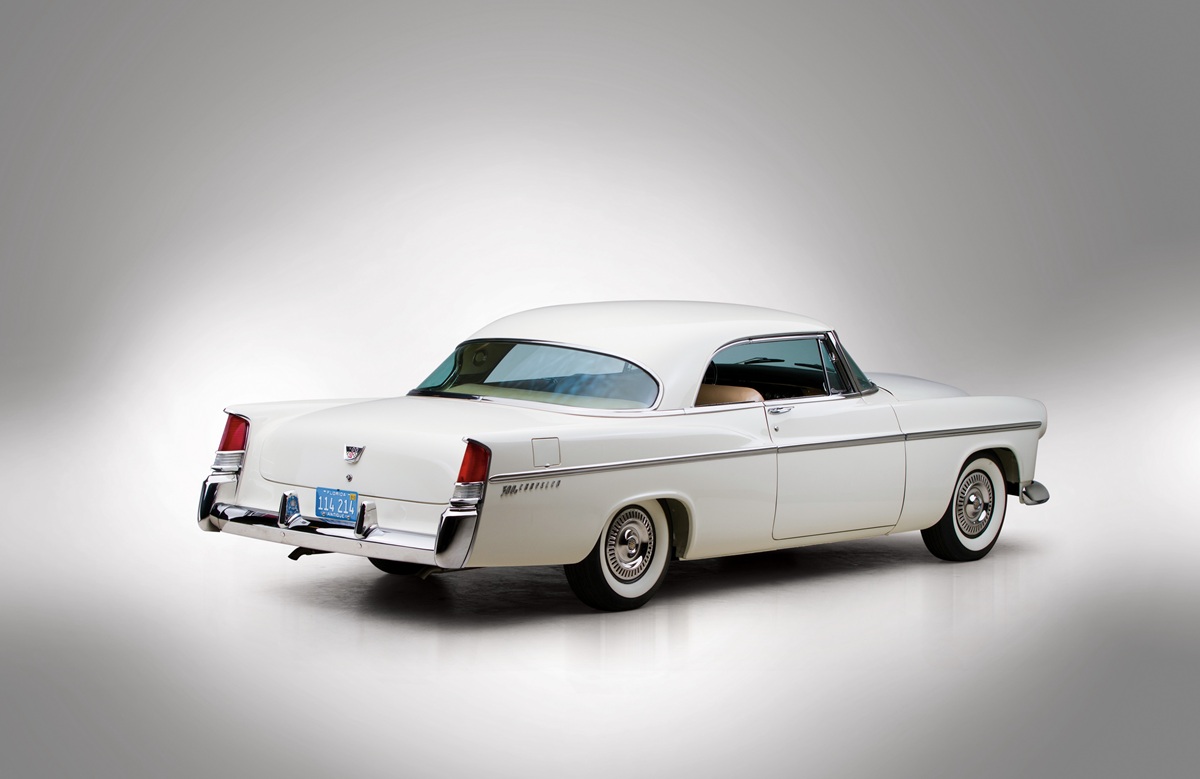
The big news for the 1956 version of the Chrysler Letter Car, now called “300B”, was what was under the hood, more cubic inches with more horsepower! Now displacing 354-cid and with 10.0:1 compression ratio, delivering 40 additional horsepower.
In part 2, we’ll talk about big fins, 413-cid Long-Ram engines, the Turbine and the Hurst Chrysler 300-H.
Author: James Maxwell
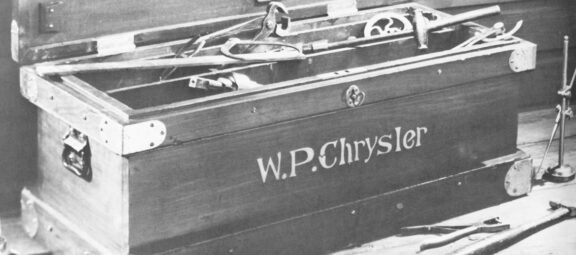
0 Comments